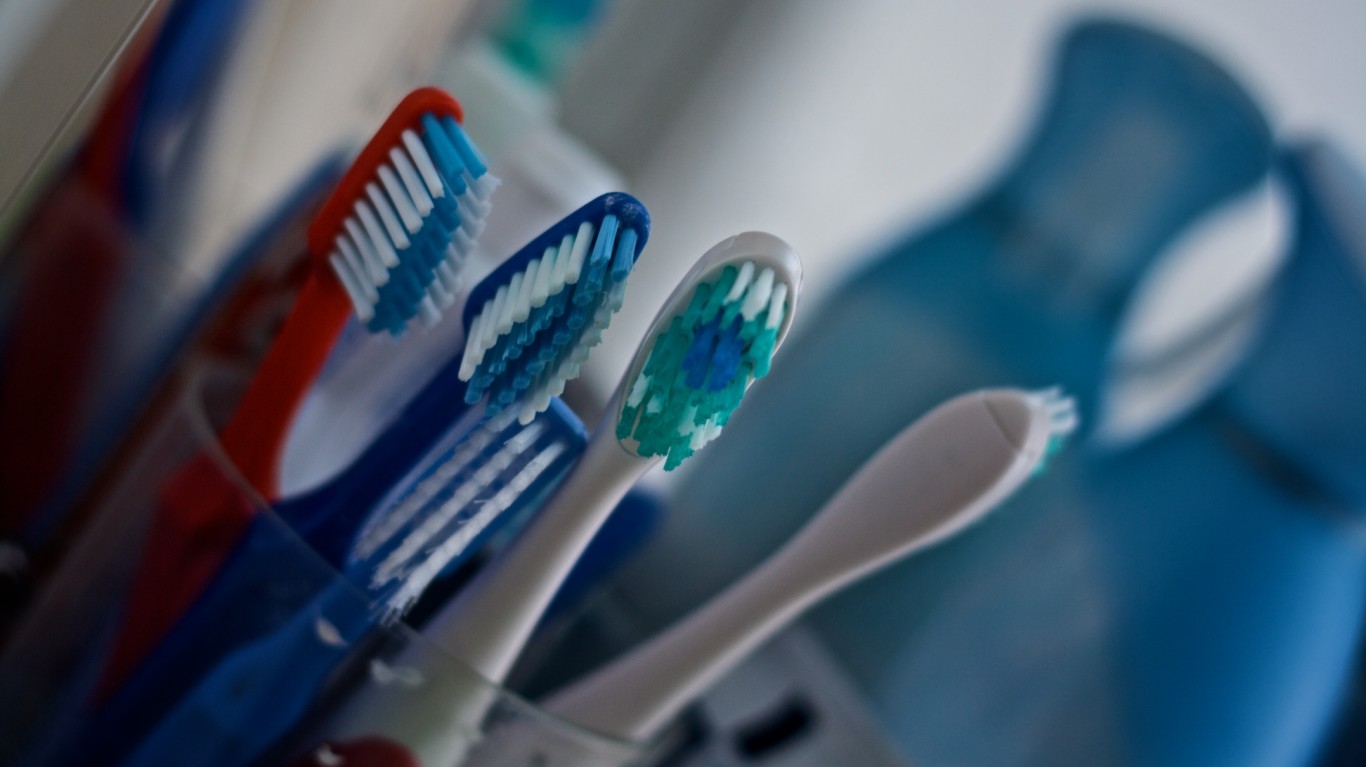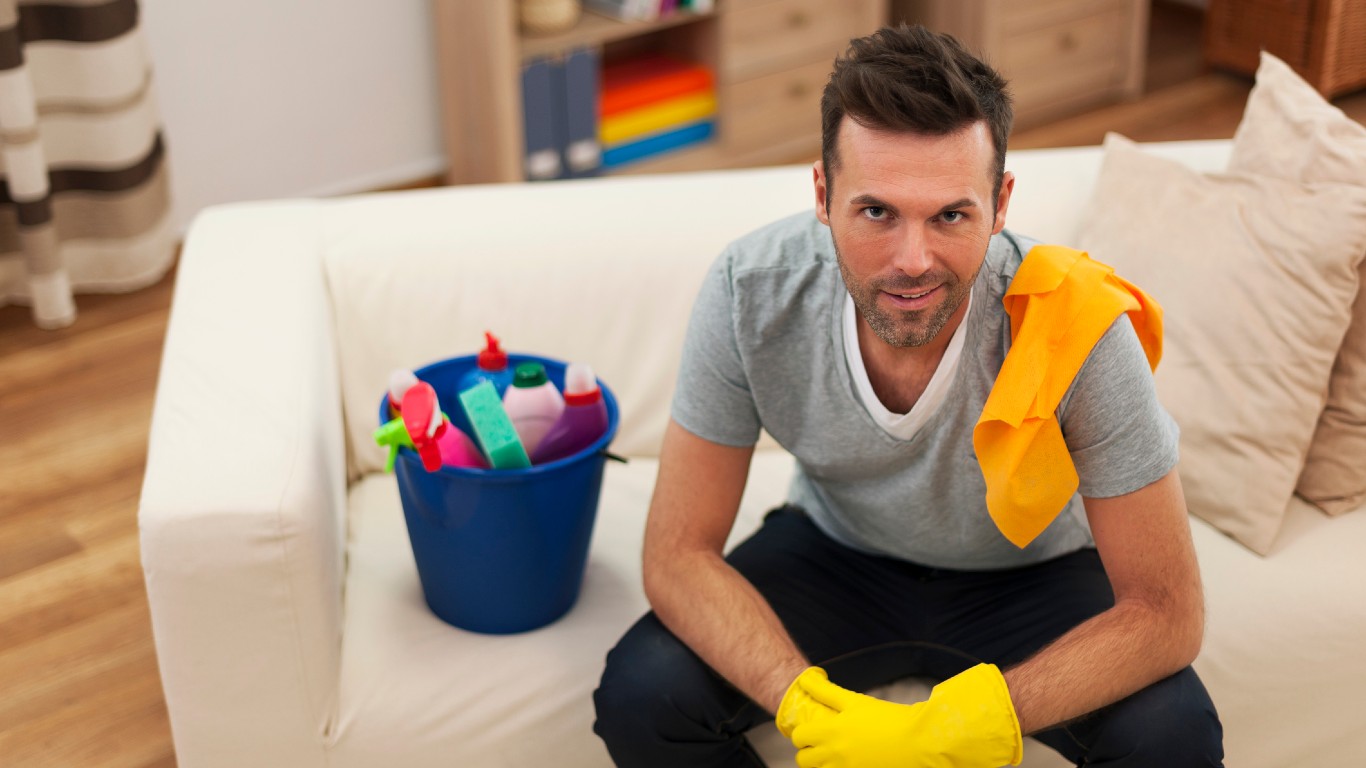
People who decorate their homes following the “less is more” mantra may be onto something. Being surrounded with too much stuff may not be healthy. Studies on the effects of de-cluttering one’s space offer some evidence that it benefits mental health. Cluttered rooms are distracting, make people feel more anxious, and may contribute to insomnia.
Cleaning up a home can seem like a daunting task. But you can make the job easier if you have a list of items to get rid of, most of which can be donated or recycled.
Many household items harbor bacteria that don’t go away, even after disinfecting. Other items have no place in anyone’s home because they are toxic. They increase the risk of several health problems, including skin infections, respiratory disease, cancer, and conditions that have no obvious signs – these are 25 health symptoms people always ignore but never should.
Click here to see the 50 essential items you should probably replace now.
To find 50 common household items that should be replaced, 24/7 Tempo reviewed recent product information compiled by Consumer Reports, which tests products and customer satisfaction, health and safety information from the Environmental Protection Agency (EPA), which has a vast library of reviews on products’ effects on human health, and other health and medical information sites. We aimed for a wide range of items — from major appliances and floor coverings to cleaning products and decorative pieces — that should either be removed completely or replaced.
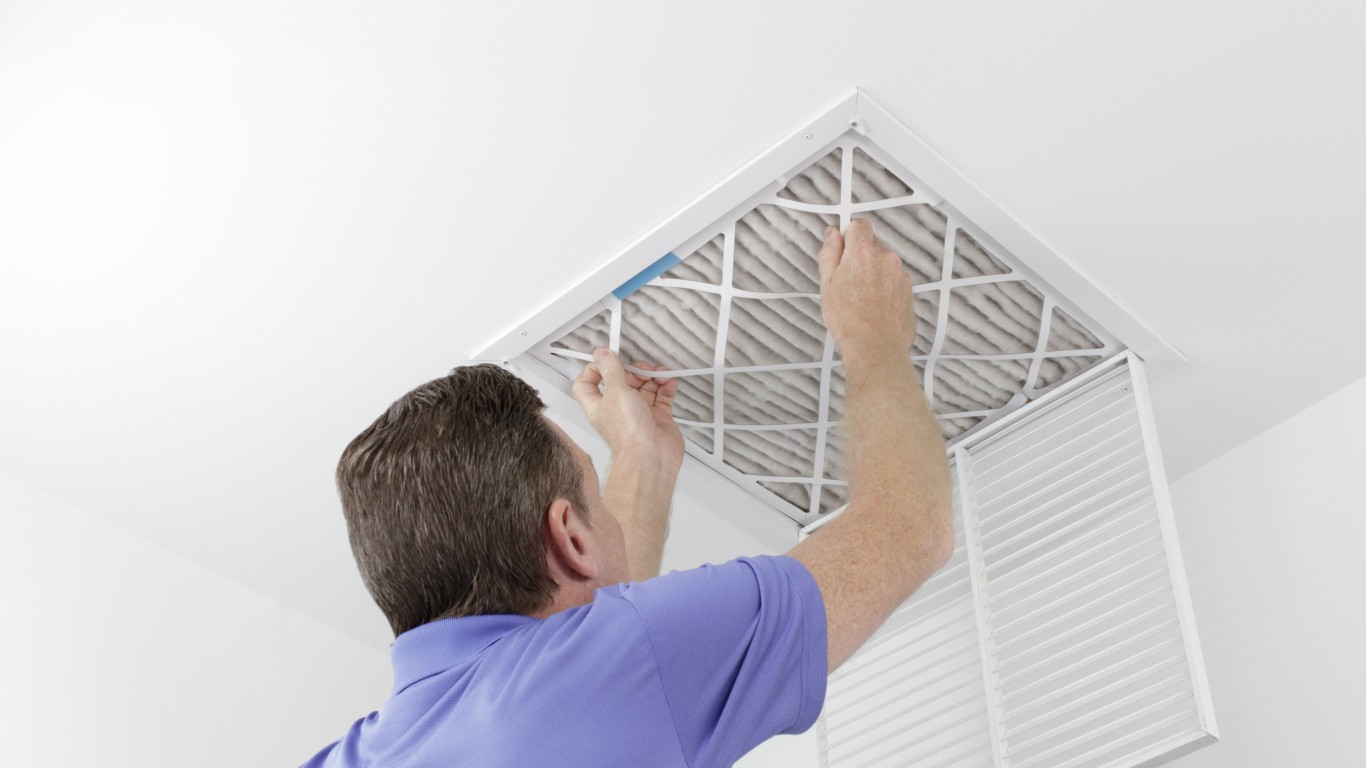
Air filters
Air filtration is often recommended for its clinical benefits, especially for people with seasonal allergies. Air filters prevent dust, pollen, dirt, and other pollutants from settling, thus reducing buildup. A poorly maintained filtration system, however, can become contaminated with dust, eventually worsening the air quality indoors. Basic air filters should be changed every three months, and every month or two if there are pets in the house. Some filters can be recycled so check with the manufacturer of your system.
[in-text-ad]
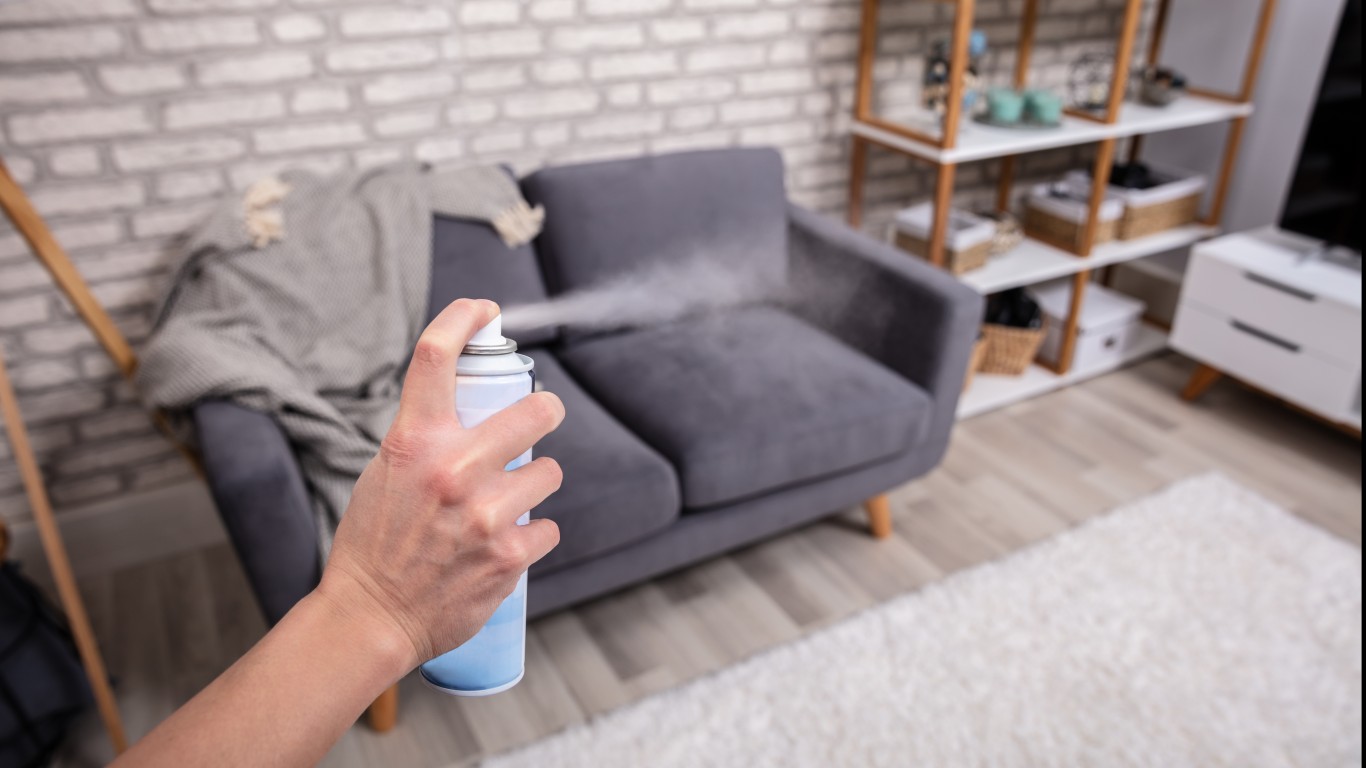
Air fresheners
Air fresheners are very common items. They seem like a quick solution to create a clean indoor atmosphere. But they contain phthalates, which are industrial chemicals used in plastics as well as in cosmetics. When inhaled, phthalates enter the bloodstream. After prolonged exposure, they may cause hormonal imbalances, birth defects, and reproductive problems.
The best way to clean the air is to open the windows or use fans to maintain air circulation.
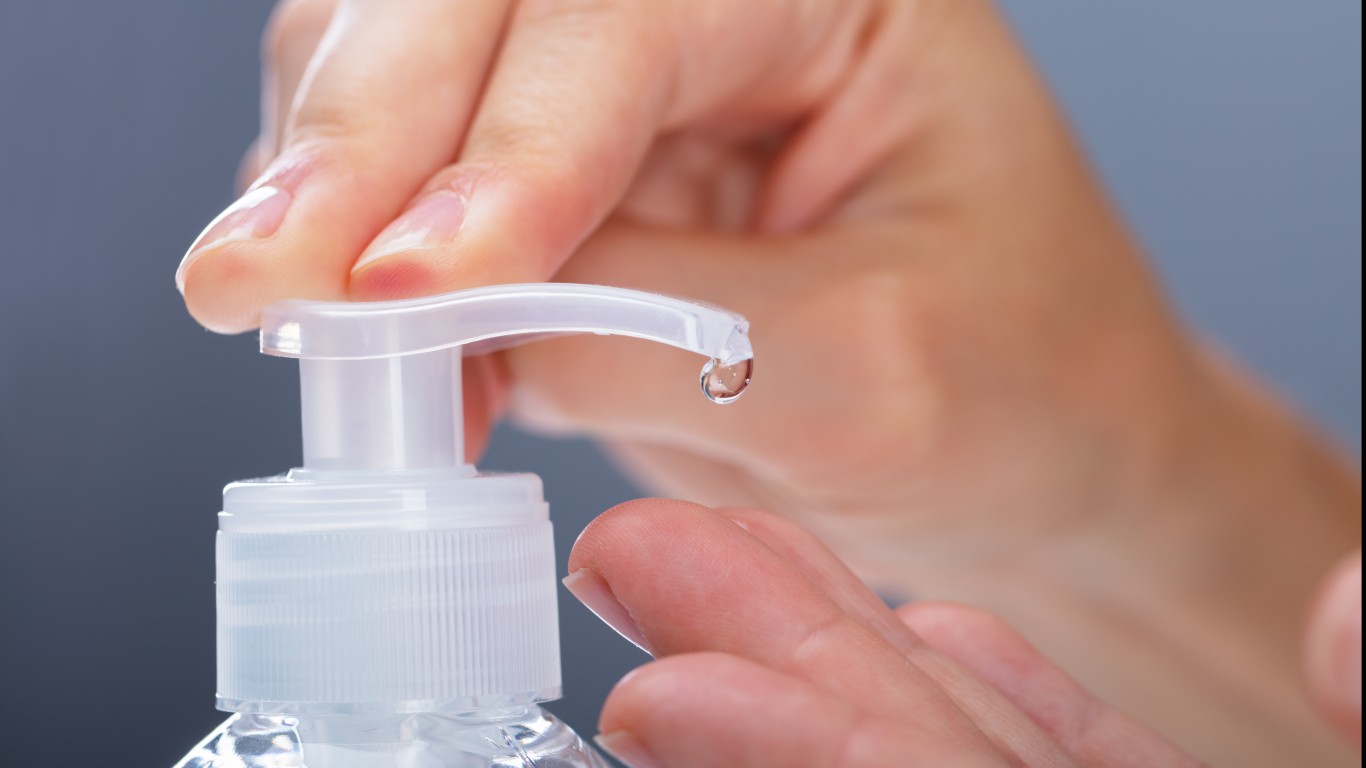
Antibacterial soap
The problem with antibacterial soaps is one of its main ingredients — triclosan. It is an antibacterial drug that the Food and Drug Administration banned from liquid soaps because there is evidence it may lead to bacterial resistance to antibiotics. (The ban will take effect on April 13, 2020).
Animal studies have also shown that long-term exposure to triclosan may cause thyroid problems.
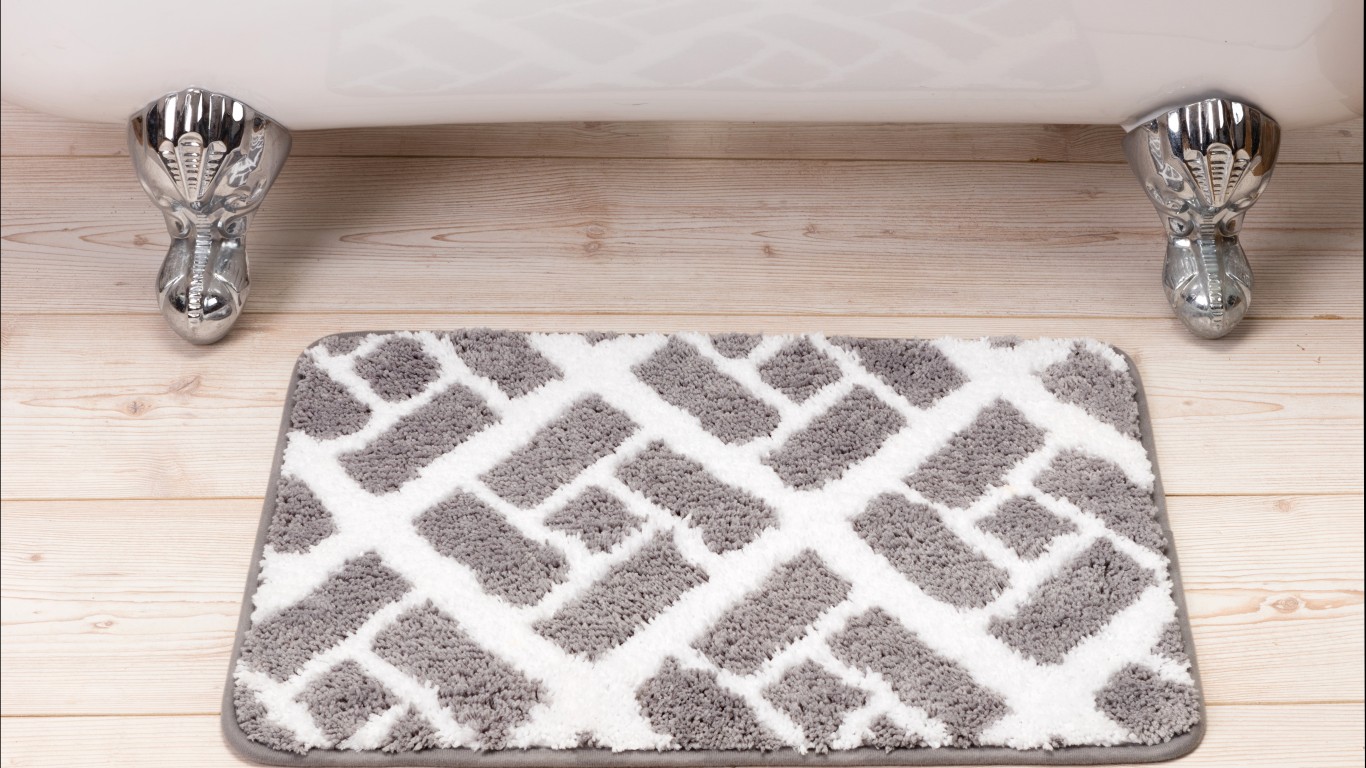
Bath mats
Bath mats are some of the most used items in the bathroom, thus they tend to collect anything from dirt to dead skin, as well as other contaminants. Wash them at least once a week and let them dry out completely. Germs and bacteria thrive in a humid environment like a bathroom.
To be on the safe side, you may want to replace them at least every two years, and preferably every few months.
[in-text-ad-2]
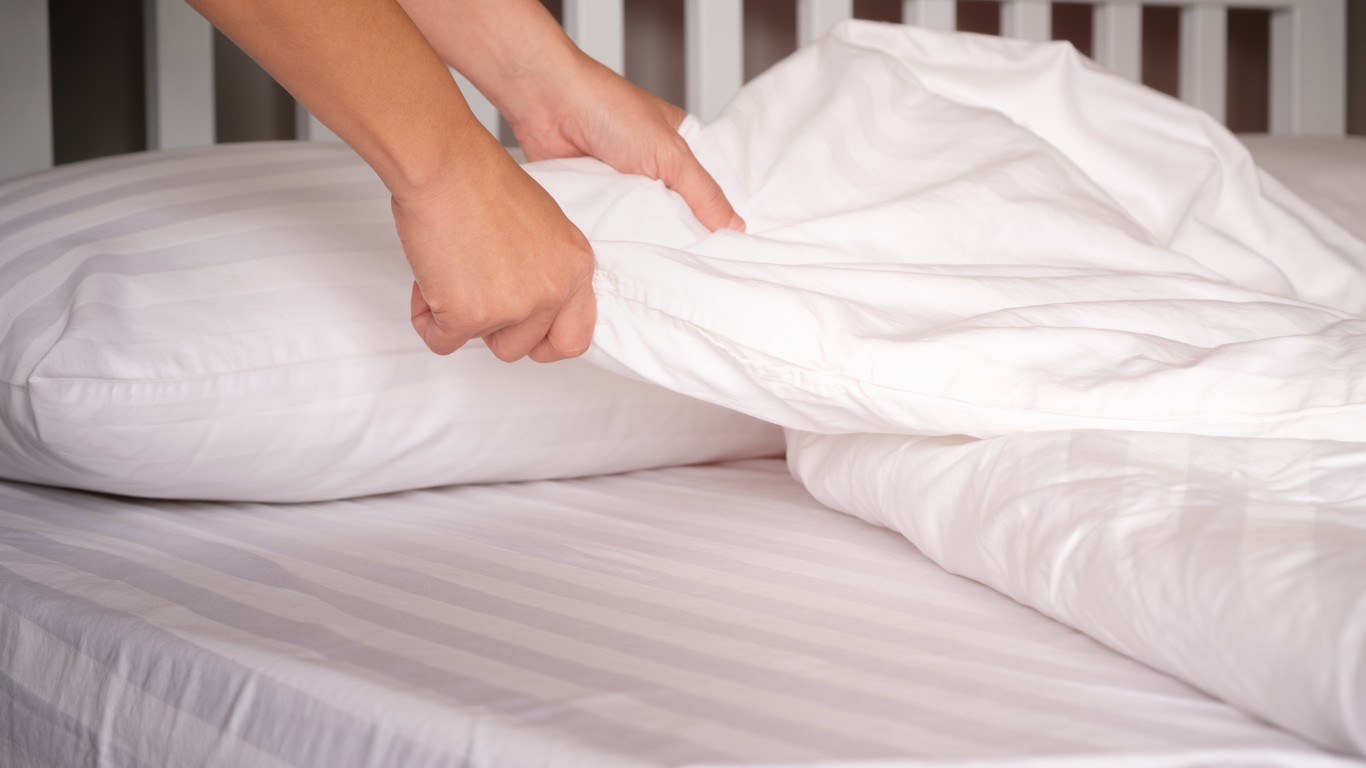
Bed sheets
Most people know they should be washing their bed sheets at least once a week. But after a while — usually about two years — bed linen fibers can start to break down and sheets may begin to tear. So before your sheets make you uncomfortable in bed, throw them out or, better still, donate them — even torn sheets can be recycled into rags or insulation.

Bills and receipts
Unless they are really important — like the title of a car or a birth certificate — scan all old bills and receipts. You don’t have to keep them in the cloud if you’re worried about hackers. You can simply keep them in a USB flash drive. You may be amazed at how much space you will have cleared in your drawers.
[in-text-ad]
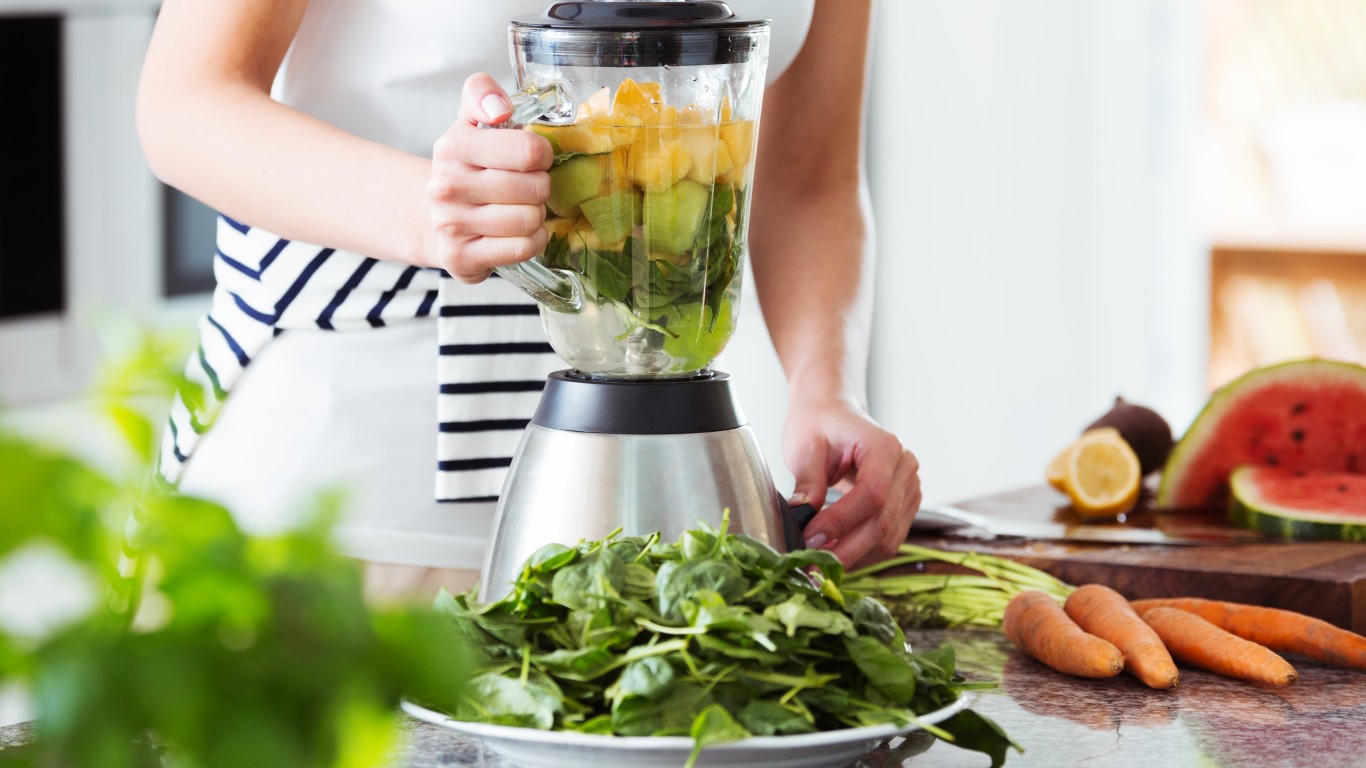
Blenders
Blenders are a crucial appliance in the kitchen but they are tricky to clean. It’s the gasket that makes these smoothie-makers a possible health hazard. How often do you really clean that circular piece of plastic adjoined to the blade? And even when you try, can you really scrub it thoroughly clean?
A 2013 NSF International Household Germ Study found that many blender gaskets contain traces of salmonella and carry “concerning levels” of yeast or mold.
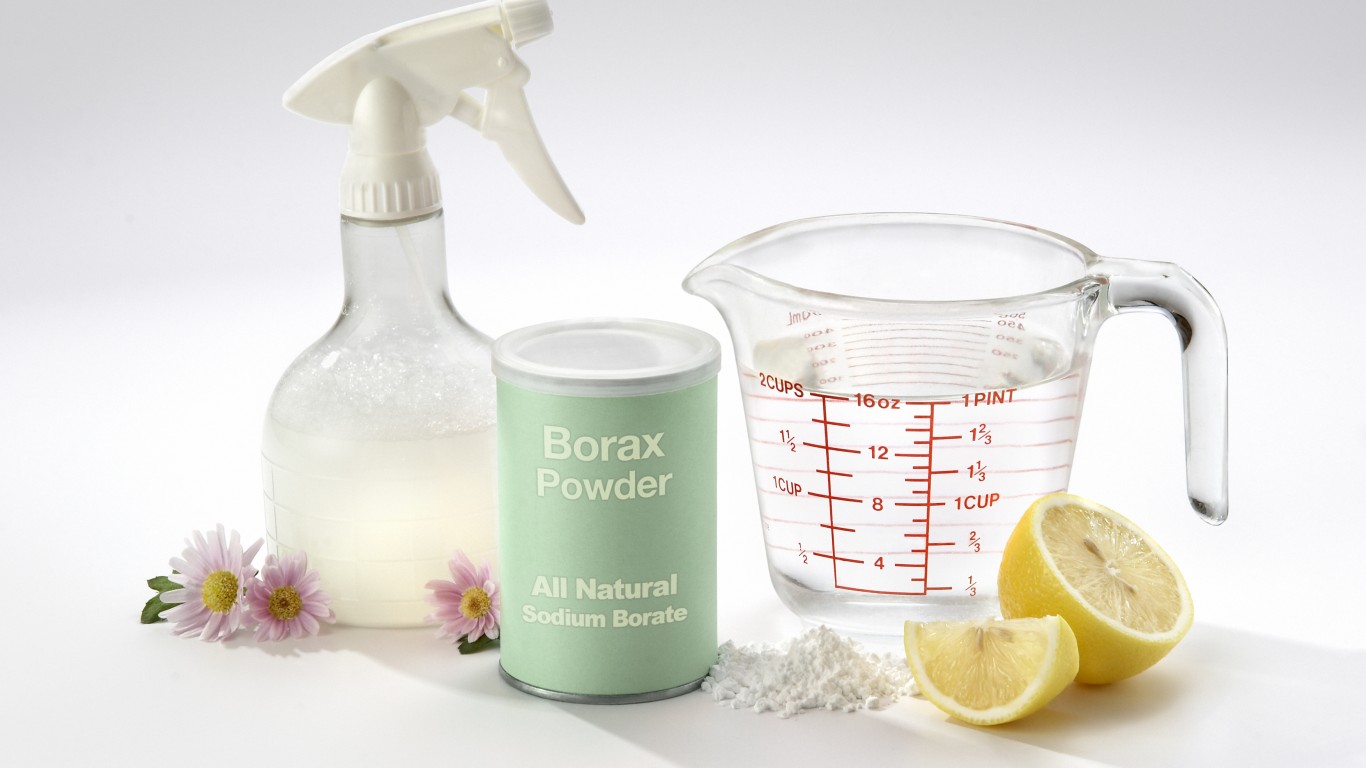
Borax
Borax, also known as sodium borate, cleans stains, mold, and mildew. But it may come at a price. The side effects of Borax exposure include irritation, skin rash, mouth infection, hormone issues, and toxicity, according to the National Institutes of Health. Several compounds in the borate family have been banned in the European Union since 2010.
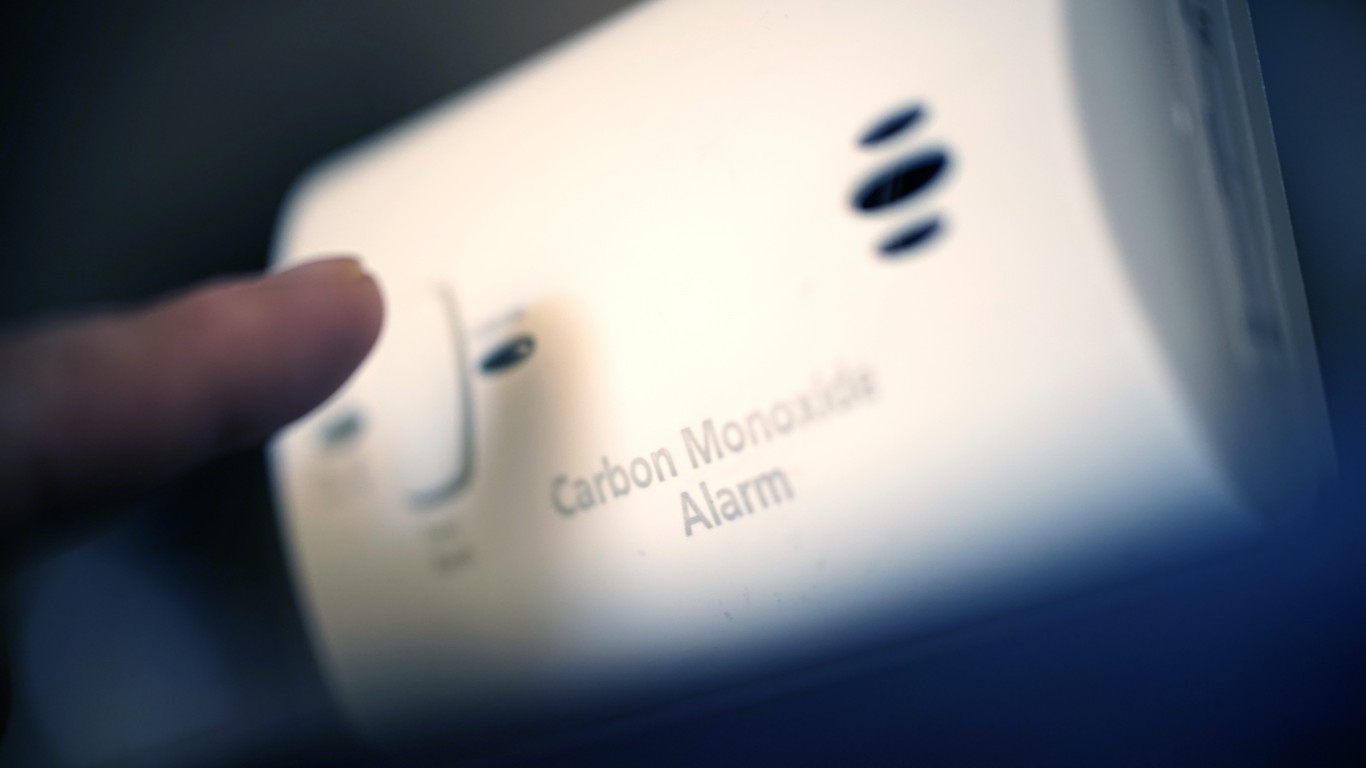
Carbon monoxide detector
Unless the carbon monoxide detector in your home has gone off, you probably forgot that you even had one. Before you know it, it’s been a few years and the CO detector is at the end of its shelf life. The batteries should be replaced at least every six months and the alarm itself should be replaced between 5 to 7 years.
[in-text-ad-2]
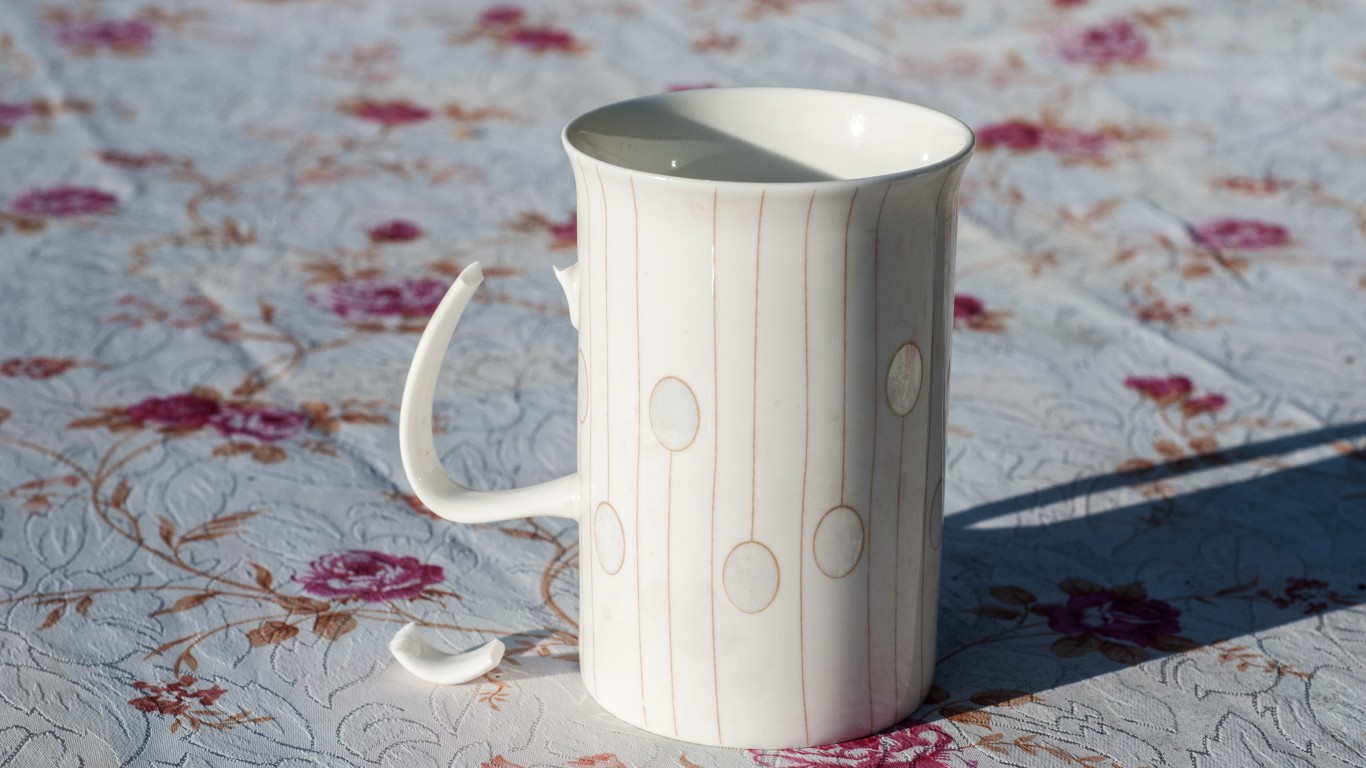
Chipped coffee mugs
You may be collecting coffee mugs without even realizing it. They are often a go-to gift whether as a souvenir or a promotional item. But they usually just sit on shelves collecting dust. Some are probably even chipped, but you haven’t noticed because you haven’t used them in a while. Declutter your cabinets and get rid of them.

Clothes you never wear
Some people keep a “skinny pair of jeans” they currently don’t fit in as motivation to lose weight, but you don’t have to keep your entire wardrobe with that idea in mind. Too many unworn clothes in the closet begin to smell after time due to damp storage. Donate them and you can even get a tax deduction.
[in-text-ad]

Contact lense case
You probably take very good care of your contact lenses â removing them every night (if they are that kind of lens) and cleaning them thoroughly before and after using them. But you should also do your due diligence when it comes to the lens case. The American Optometric Association recommends replacing lens cases once every three months. Otherwise bacteria can form that cannot be cleaned with a disinfectant. Since they are made of plastic, most cases can be recycled.
Cutting board
Most people know they have to clean a cutting board thoroughly after handling any type of raw meat on it. But this applies to fruits and vegetables, too. All boards — plastic or wooden — wear out over time. Once yours has hard-to-clean grooves, it’s time to get a new one as bacteria thrives in these grooves.

Dish towel
People probably clean the carpet in the living room more often than the dish towels in the kitchen. It’s easy to forget them, especially since they look perfectly clean after drying. However, they can get very dirty as they are used for anything from cleaning up spills to wiping off tables. Dish towels are very absorbent, which makes them an ideal breeding ground for bacteria and mold. Many contain bacterial growth, such as E. coli or staph, according to the American Society of Microbiology.
[in-text-ad-2]

Reusable water bottle
It’s hard to believe that there is something less than perfect about reusable water bottles. They are environmentally friendly, as well as wallet friendly. But they need replacing once you start noticing discoloration or smelling a weird odor that doesn’t go away after cleaning. The inside of a water bottle is dark and moist — ideal for bacteria and other contaminants to thrive. You can probably recycle your old water bottles.

Hair dryer
Hair dryers can be dangerous if they are not used and stored properly. They can emit sparks and flames, and can even burst into flames, burn, and explode. How often you should replace a hair dryer depends on how often it’s being used. Unless you have been cleaning the vents frequently — where lint gets trapped — and have used the dryer only a few times a week, you should probably replace it right now. Many electronics stores have recycling bins for old electronics and appliances.
[in-text-ad]

Manuals
In the age of YouTube and virtual assistants, do people still take the time to go through manuals? Every appliance comes with one, but do you really need to read about how to use a toaster or how to clean a humidifier? Go through your drawers and you may even find a manual for a VCR you no longer have. You can also download manuals and store them on your computer. Remember to recycle them — or shred and add them to your compost.
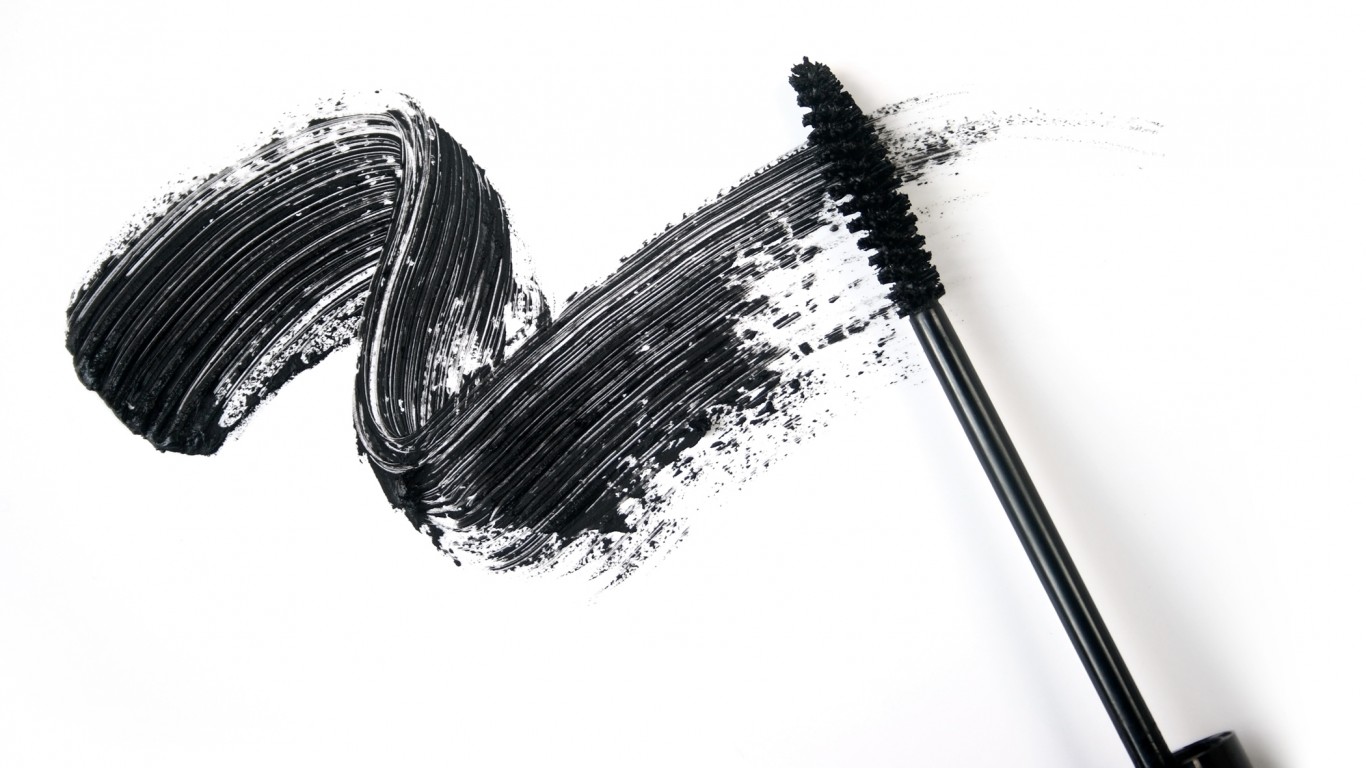
Mascara
Of all the beauty and makeup products women use, mascara is the one that needs replacing most frequently. It should be thrown away every two to four months after opening, according to the FDA.
Staph and other bacteria occur naturally on the skin. They tend to cling to the wand and end up in the tube every time you re-insert the brush. Bacteria can grow in the tube, eventually ending up on your eyelids or eyes, causing an infection.
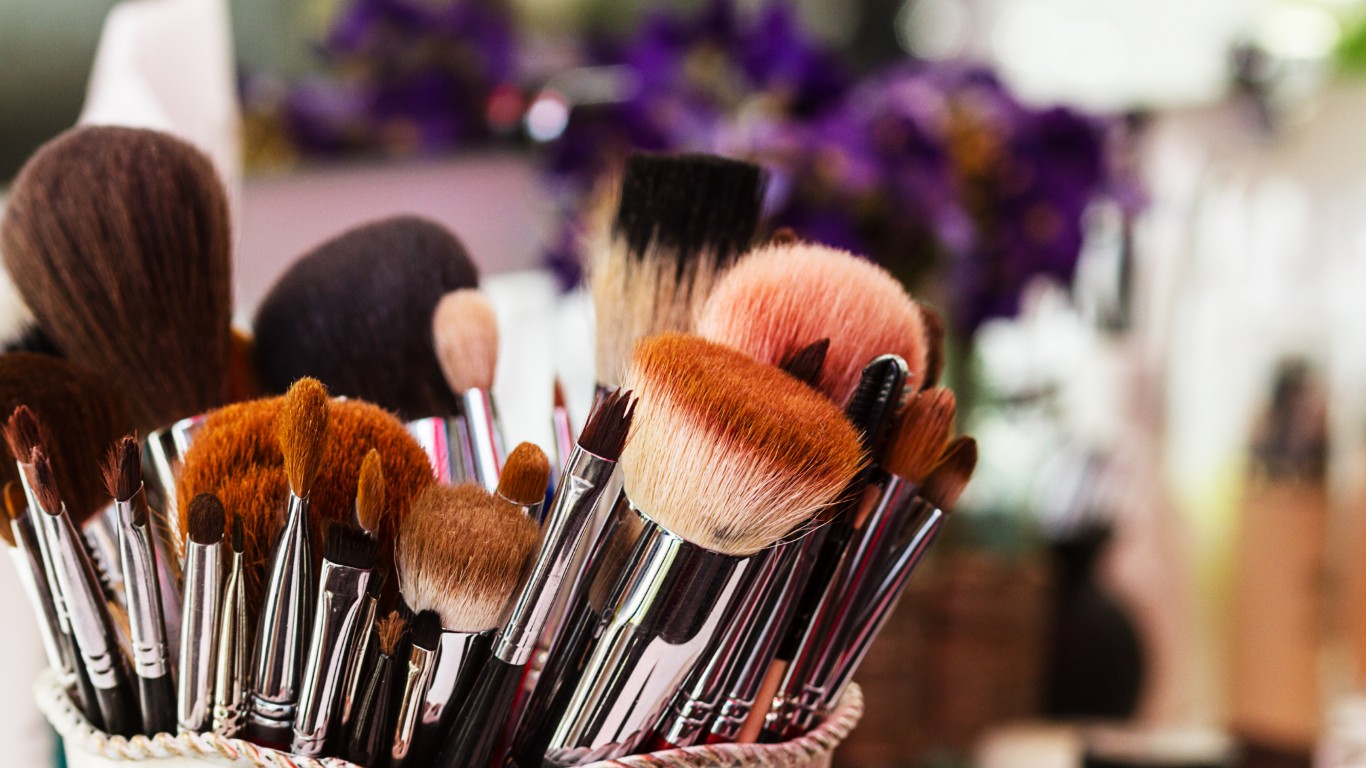
Makeup brushes
A high-quality brush is essential for putting on makeup since so many kinds of cosmetics can’t even be applied without one. Brushes should be replaced at least every three months — or sooner if they develop a strange smell or start to shed — because they can be hosts to bacteria, fungi, and other organisms that may lead to an infection.
[in-text-ad-2]

Mothballs
Mothballs contain naphthalene or paradichlorobenzene, both of which are toxic chemicals that, when exposed to air, can irritate the eyes and lungs. There is also some evidence they may be carcinogenic. Several countries have even banned mothballs that contain these two chemicals because they are especially dangerous to babies and children.
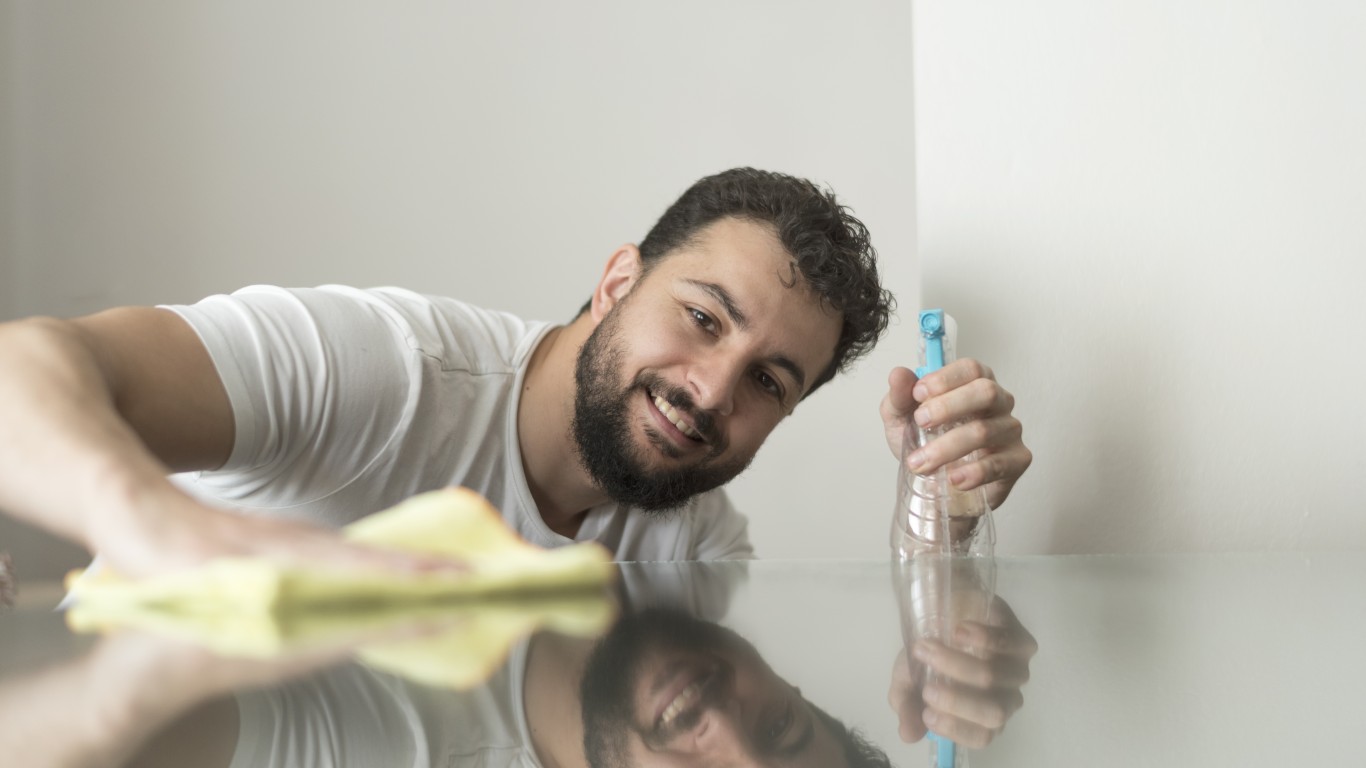
Multipurpose cleaners
Multipurpose cleaners are used to clean anything from windows to ovens and countertops. The problem is they contain 2-butoxyethanol, which actually gives the cleaners their distinct smell.
Side effects from exposure include breathing problems, low blood pressure, lowered levels of hemoglobin, and high levels of acid in the body, according to the Agency for Toxic Substances and Disease Registry at the Centers for Disease Control and Prevention (CDC).
[in-text-ad]

Non-stick cookware
Non-stick pots and pans like Teflon have several advantages, including easy cleanup. But they are controversial because of reports about toxic chemical emissions. It’s important to not overheat them, otherwise the coating can start to decompose. If the surface has not started to peel off, you can wait as long as five years before replacing non-stick cookware.

Batteries
People aren’t always sure what to do with old batteries, so they store them in drawers until they forget about them. The general rule is to recycle them, but finding a place isn’t always easy. It’s good to know then that ordinary batteries — alkaline, manganese, and carbon-zinc batteries — are less toxic than rechargeable ones, but they should still be recycled if possible (often electronics stores will collect them).
Batteries that contain lithium, cadmium, lead, or sulfuric acid may be hazardous and should definitely be recycled in designated collection sites. Restrictions vary by state so check the website for your local government.

Old electronics
If you are still watching movies on DVDs and prefer to listen to programs and music on the radio, then you should keep those devices. But if you’re mostly streaming online, get rid of old electronics and declutter your home.
Some contain hazardous metals so be careful about disposal; many of them should be recycled. You can even make some extra cash by selling old electronics online.
[in-text-ad-2]

Old magazines and newspapers
Unless you’re running a beauty salon out of your home, there’s probably no reason to keep that pile of magazines on the coffee table or wherever else you may be keeping old editions of your favorite publications. Realistically speaking, when are you ever going to go back to them? Recycle them and clear up the space.

Old mattresses
Back pain, stiffness, and sore muscles upon waking are common symptoms that you’re sleeping on an old or worn-out mattress and it’s time to replace it. A quality mattress is expected to last about 10 years, but only if it is being taken care of. If mattresses are used for activities other than sleeping, or if heavier people sleep on it, they should be replaced more frequently. A mattress can be recycled, so ask the company delivering your new mattress if they will haul the old one away for recycling or look into bulk waste collection.
[in-text-ad]
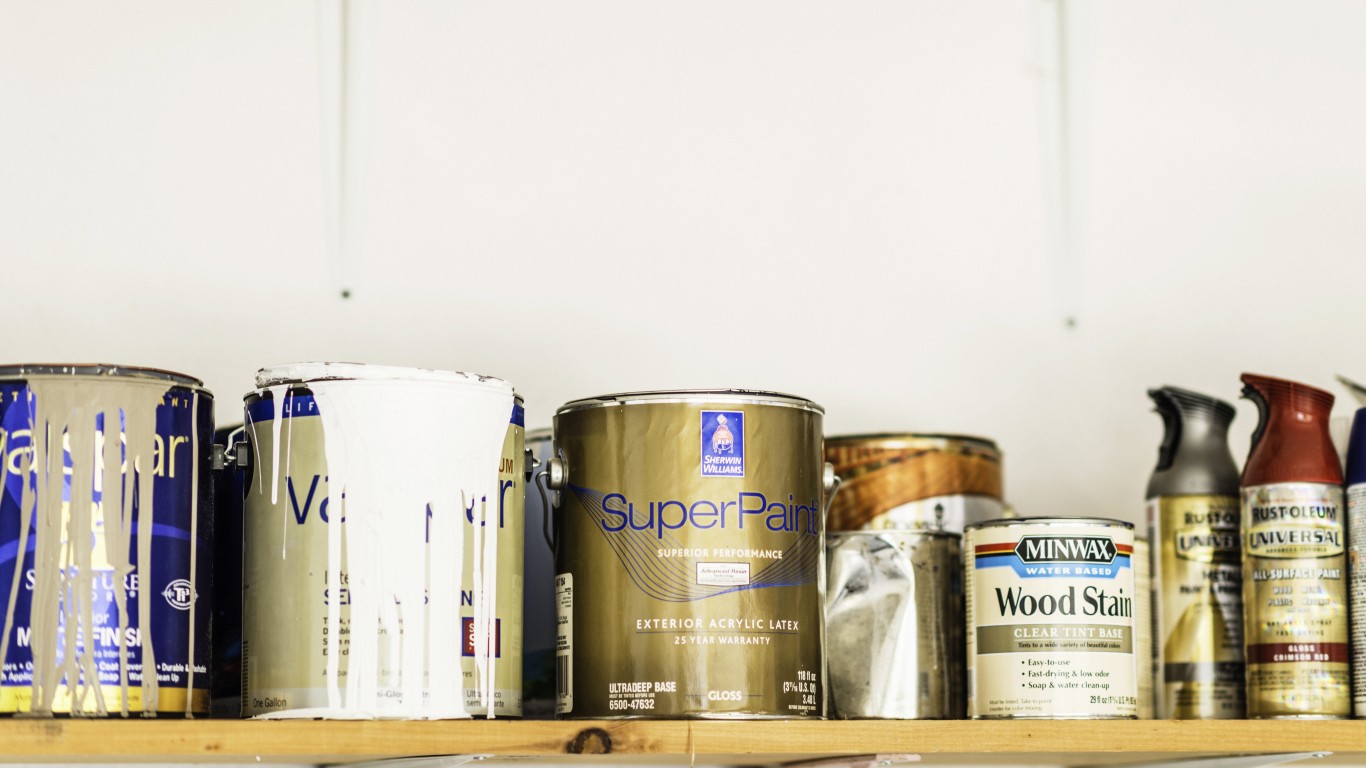
Old paint
Many garages and basements contain a handful of half-empty old paint cans. Why keep it if you don’t plan any paint projects in the near future? Water-based paint is not considered hazardous and many states allow paint cans to be thrown out with the household trash.
Oil-based paint, however, is considered hazardous household waste and you should find a drop-off location for the leftover paint.
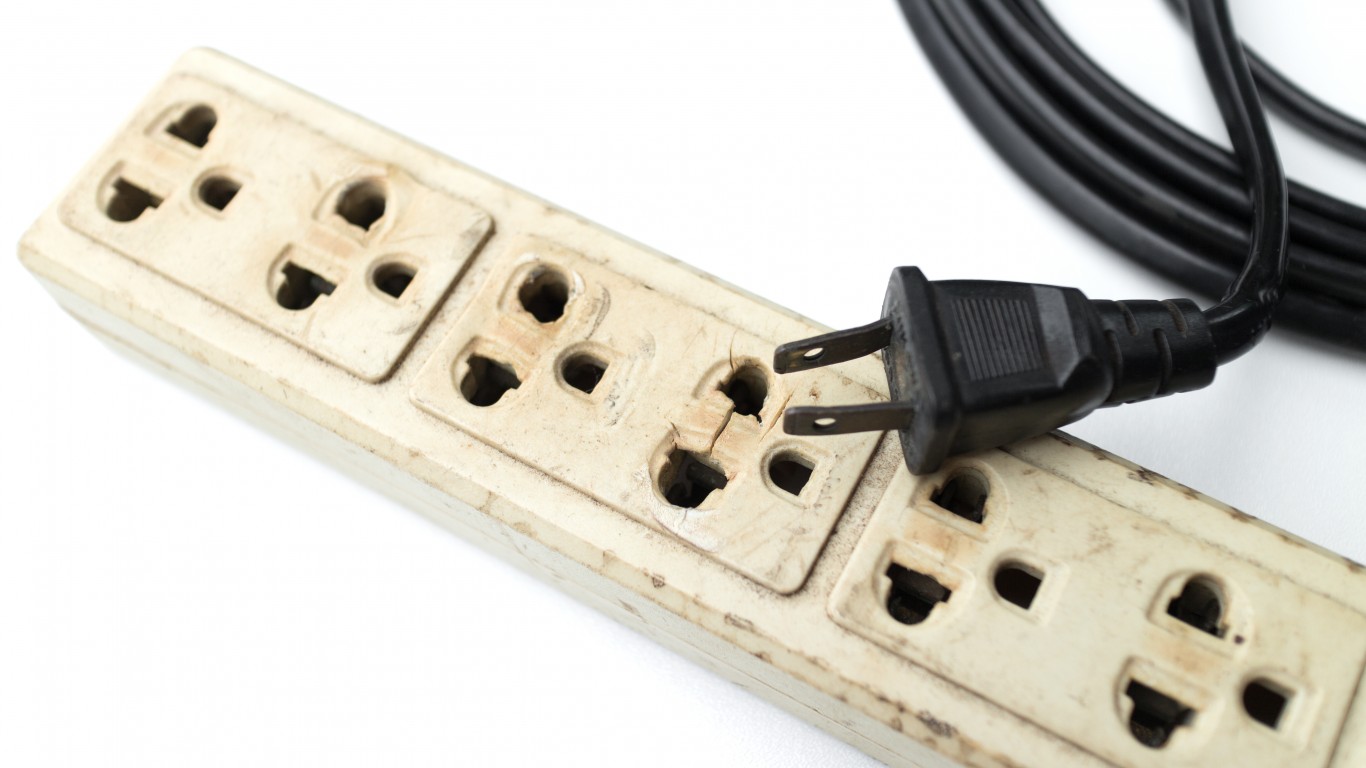
Old power strips
After just a few minutes cleaning your junk drawer, you’ll probably find several short and long extension cords that have been there for a long time. Extension cords deteriorate over time, especially if used often, which increases the risk of electric shock or fire. Get rid of any cords that have exposed wires or cracks. Cords that are made from copper and aluminum can be recycled.
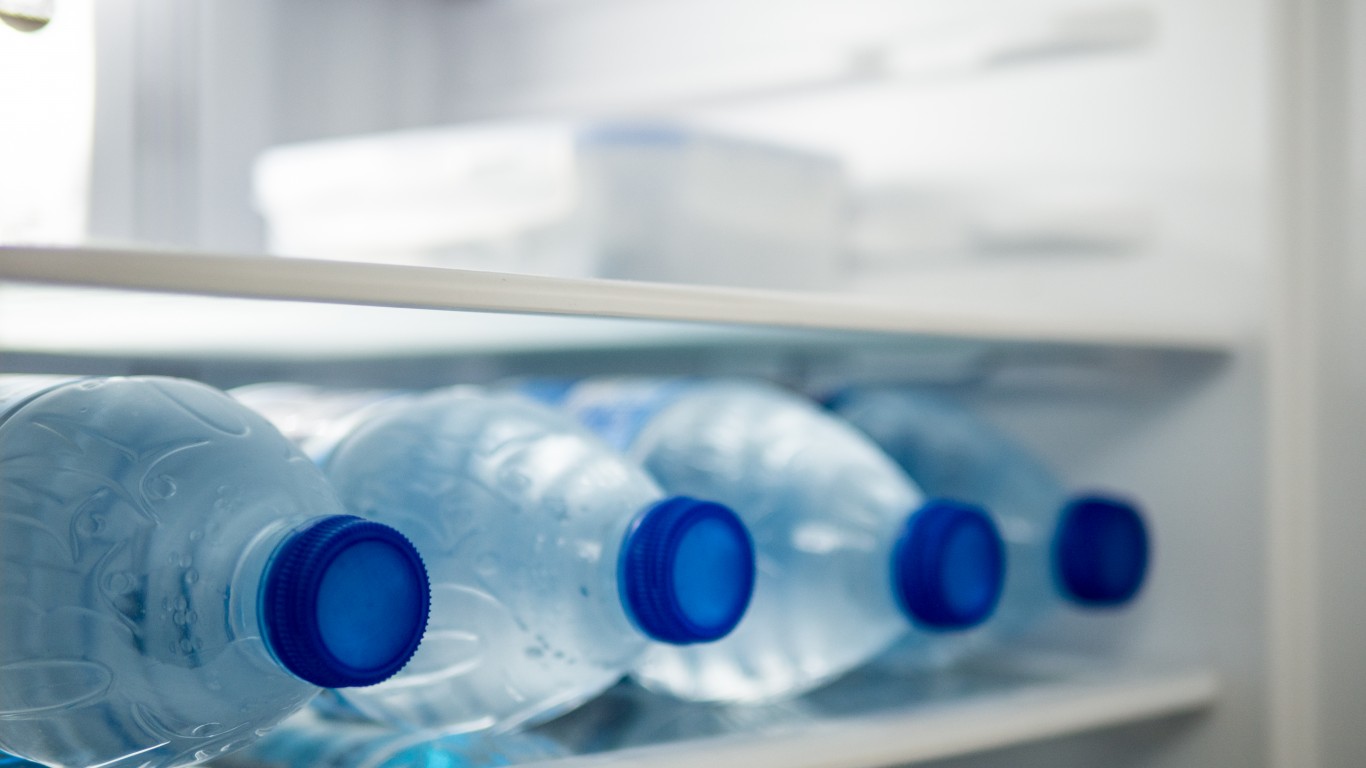
Bottled water
America’s tap water supplies are generally clean and have to meet EPA standards for potability, but bottled water is still very popular because it’s so convenient. However, it is really bad for the environment. The energy needed to produce, transport, and chill bottled water is up to 2,000 times the energy needed to produce tap water. In addition, plastic bottles can take 450 years or more to decompose. Recycle the plastic bottles you have, and don’t buy any more.
[in-text-ad-2]
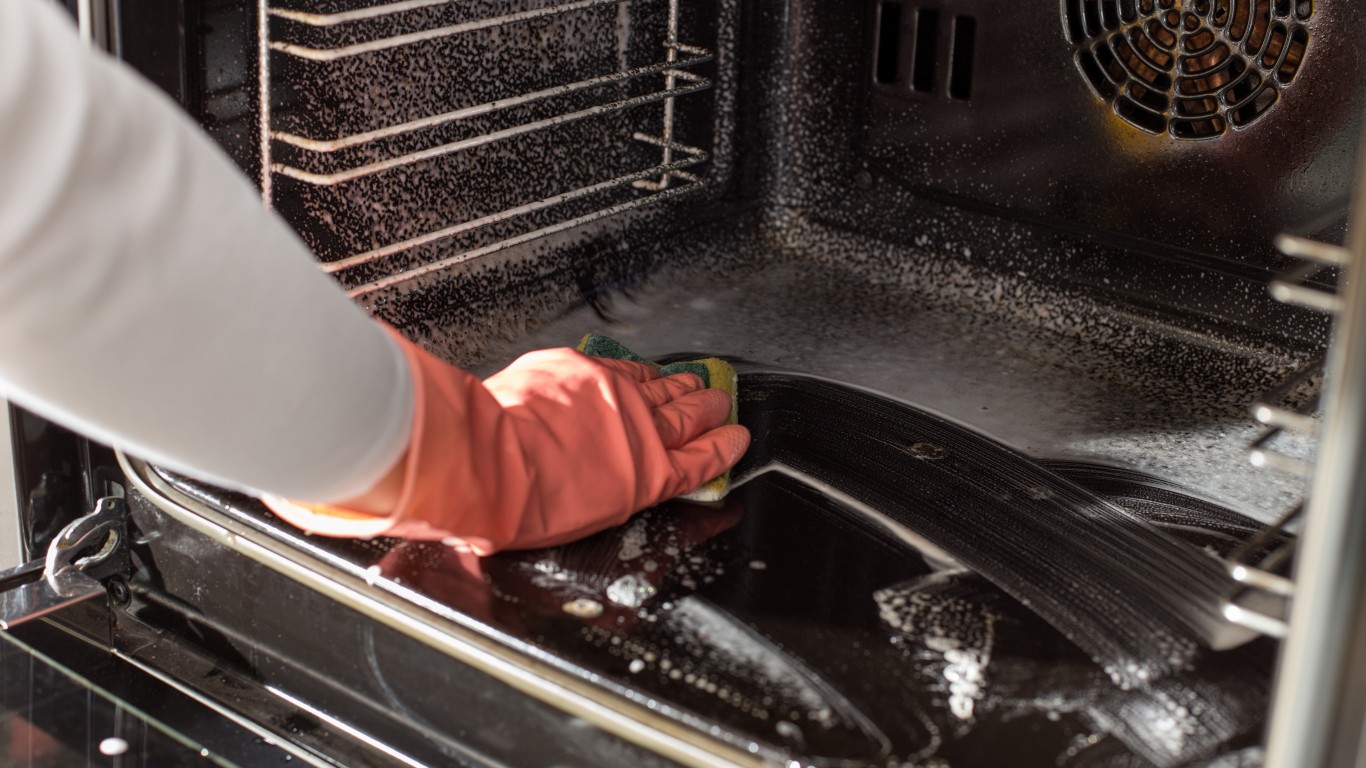
Oven cleaners
Many oven cleaners contain sodium hydroxide, also called caustic soda, a synthetically manufactured substance that is very corrosive. The chemical can cause inflammation, redness, or even burns if it comes in contact with the skin. Thousands of people accidentally ingest it and other caustic chemicals from household products, including oven cleaner, every year.

Paper documents
Don’t keep junk mail as it just becomes clutter. Scan any taxpayer receipts you may have and any other documents you deem important. You can keep them forever electronically. Make room in your drawer by recycling the physical paper copies, but shred them beforehand in order to avoid identity theft.
[in-text-ad]
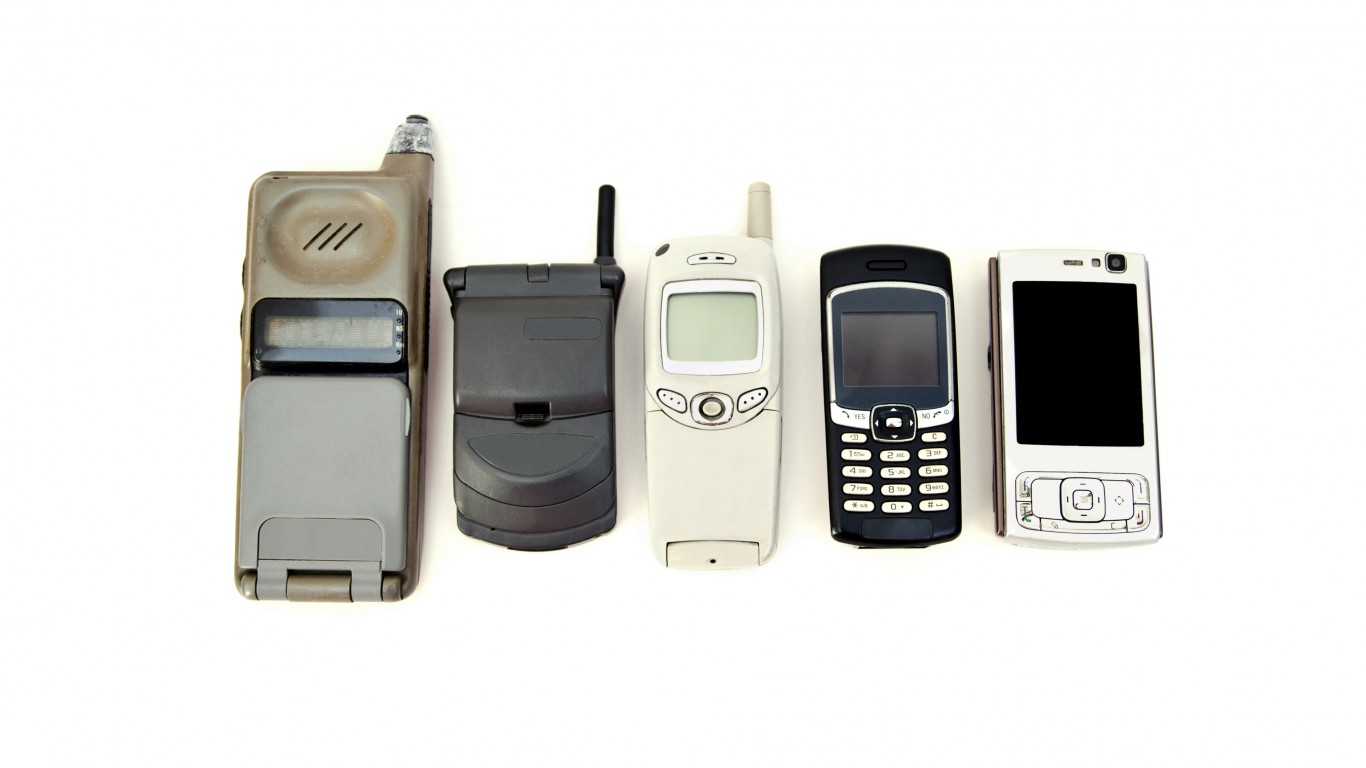
Phone chargers for old models
New models of smartphones come out just about every year and many people rush to get the latest version. So what happens to the old model and its charger? Sell them or recycle them. Older phone chargers are rarely compatible with newer models or phones from another manufacturer.
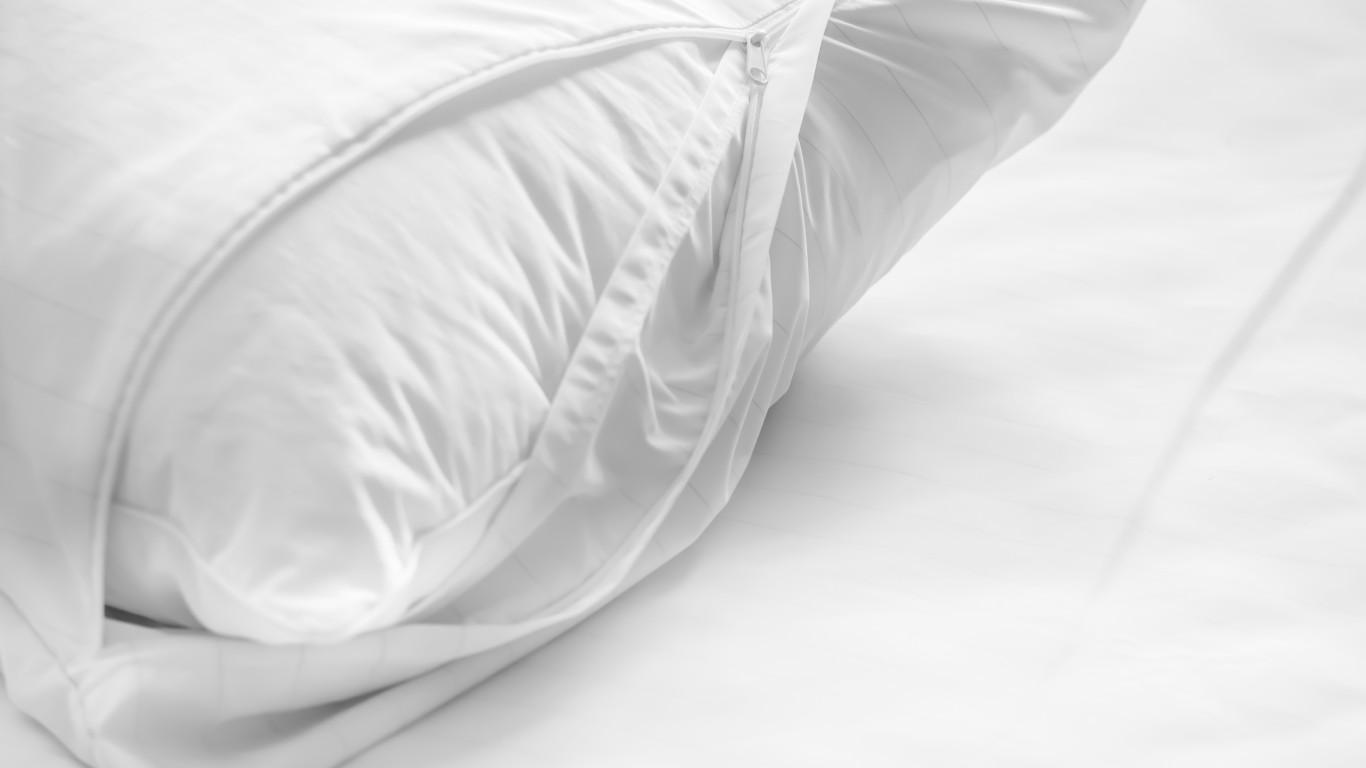
Pillowcases
How often you should wash your pillowcases — and replace them when you see yellowing and deteriorated fabric due to frequent washing — depends on several factors. These include sweating during sleep, eating in bed, using a lot of hair and skin products, having oily skin, and going to bed with makeup on, among others. Pillowcases should be washed anywhere between every two to seven days.
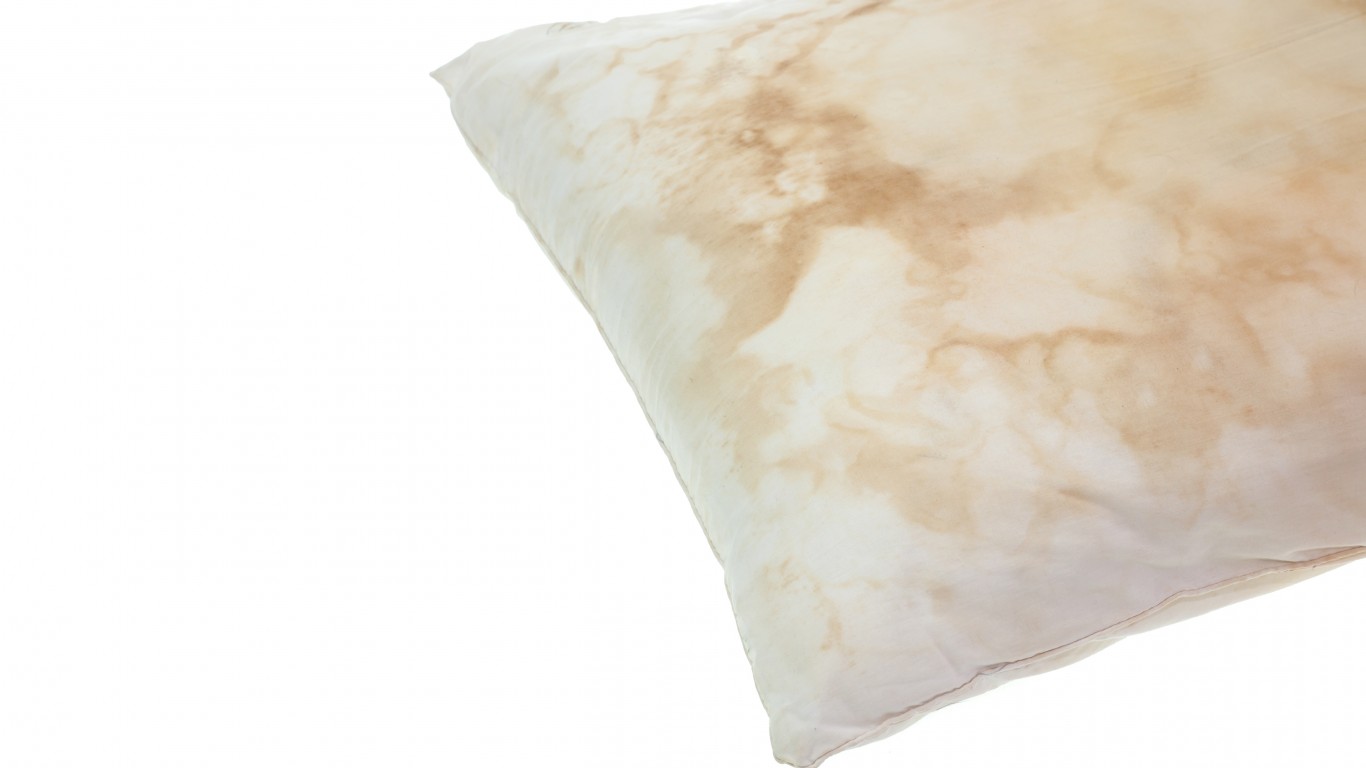
Pillows
How well do you sleep at night? Does your pillow support your head and neck in a way that they stay in a neutral position throughout the night? The answers will determine whether you should toss the one you have right now. The general recommendation is to replace pillows at least every two years. Many textile recycling programs will accept them.
[in-text-ad-2]
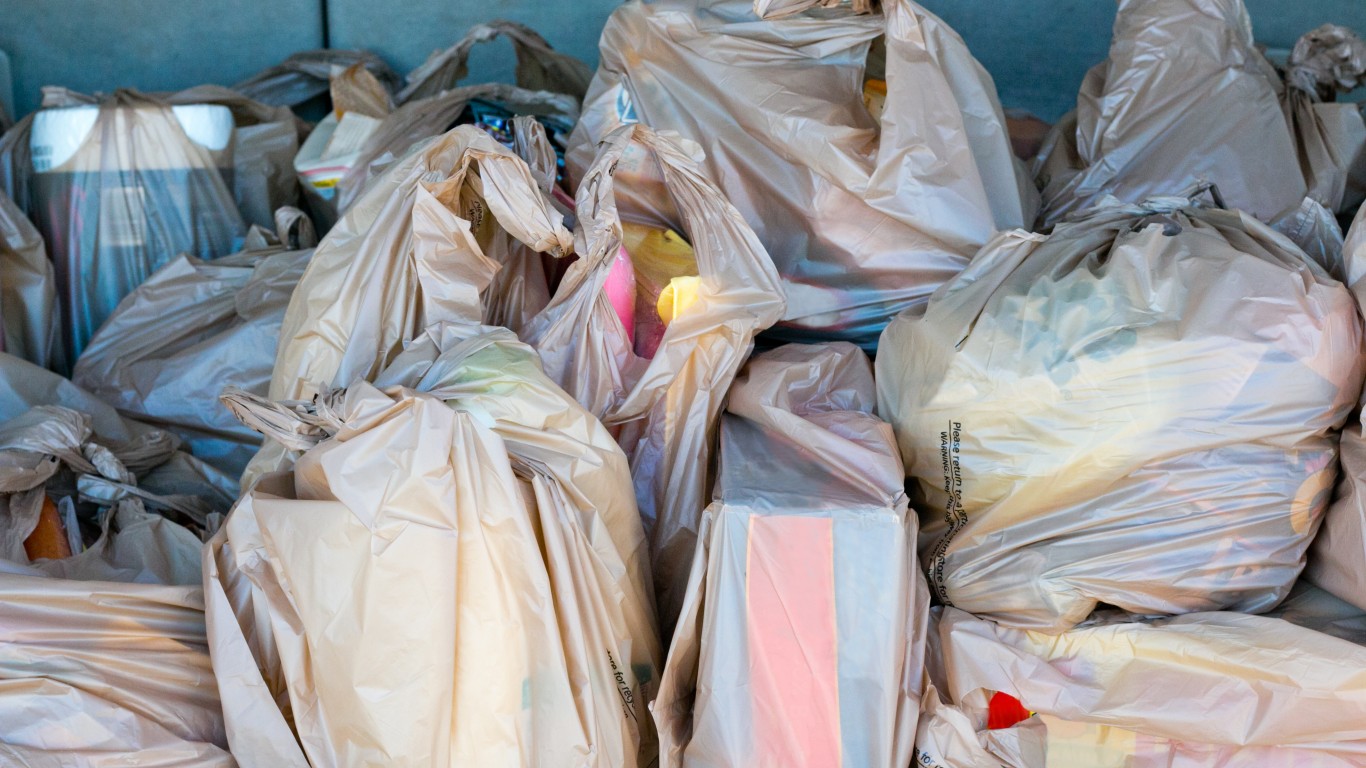
Plastic bags
Plastic bags pose ecological problems. They take hundreds of years to decompose and pose a particular threat to wildlife. Many animals get entangled in plastic bags and suffocate. A sound approach to retail bags is to decline them when your purchase can be carried or bring your own bags. Eventually dispose of them properly — recycle them if you can.
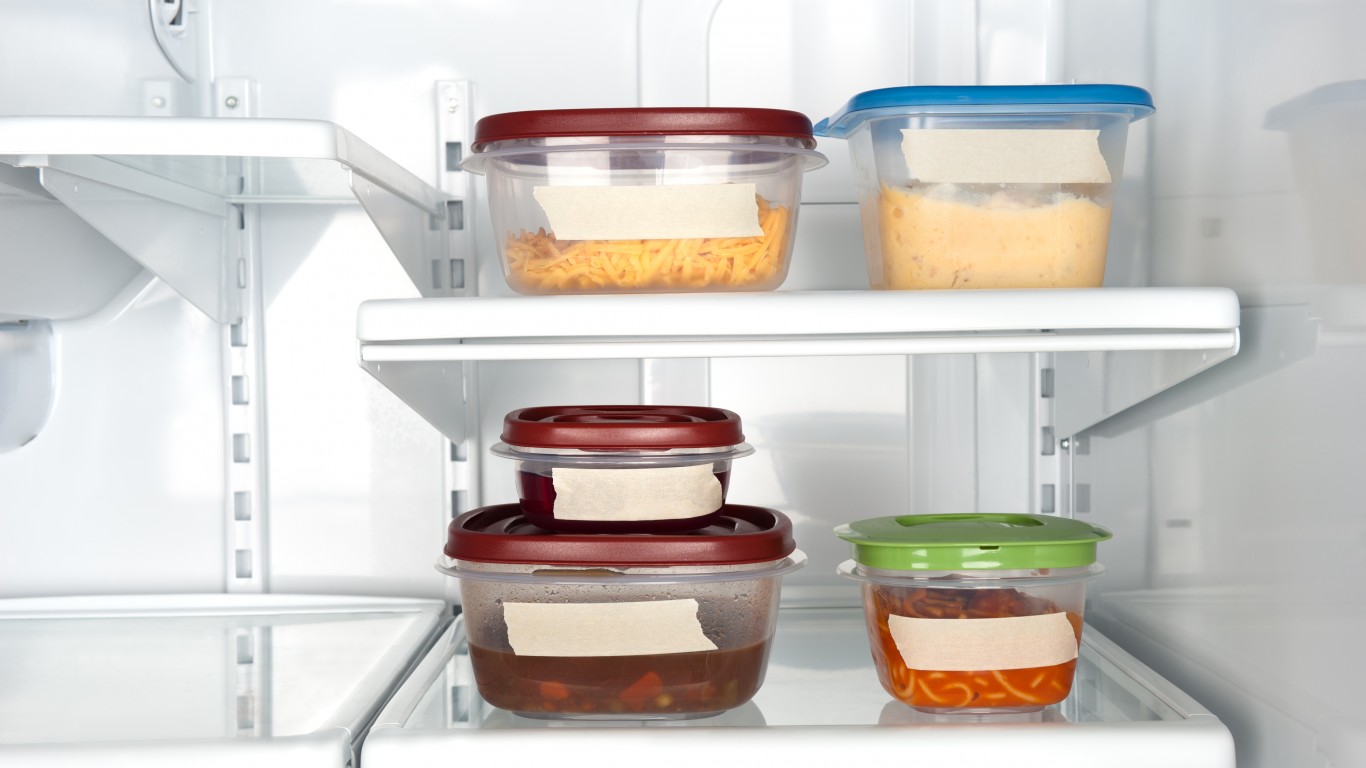
Plastic storage items
Plastic is everywhere in the house, especially in the kitchen. Fridge and kitchen cabinets are probably full of plastic containers to store food and drinks. Different kinds of plastics contain various chemicals, some of which are toxic. Some studies have linked chemicals that have leached from plastics — which can happen when the plastic is exposed to heat — to obesity, metabolic disorders, and reduced fertility.
[in-text-ad]

Furniture polish
The problem with furniture polish is the nitrobenzene in it. Small amounts of nitrobenzene, to which people using these products are exposed to, may cause mild irritation when it comes in contact with the skin or eyes. High amounts of nitrobenzene, which people are unlikely to be exposed to unless they work in a factory that produces the chemical, may damage the blood’s ability to transport oxygen throughout the body. This may lead to nausea, headache, irritability, dizziness, weakness, and drowsiness.
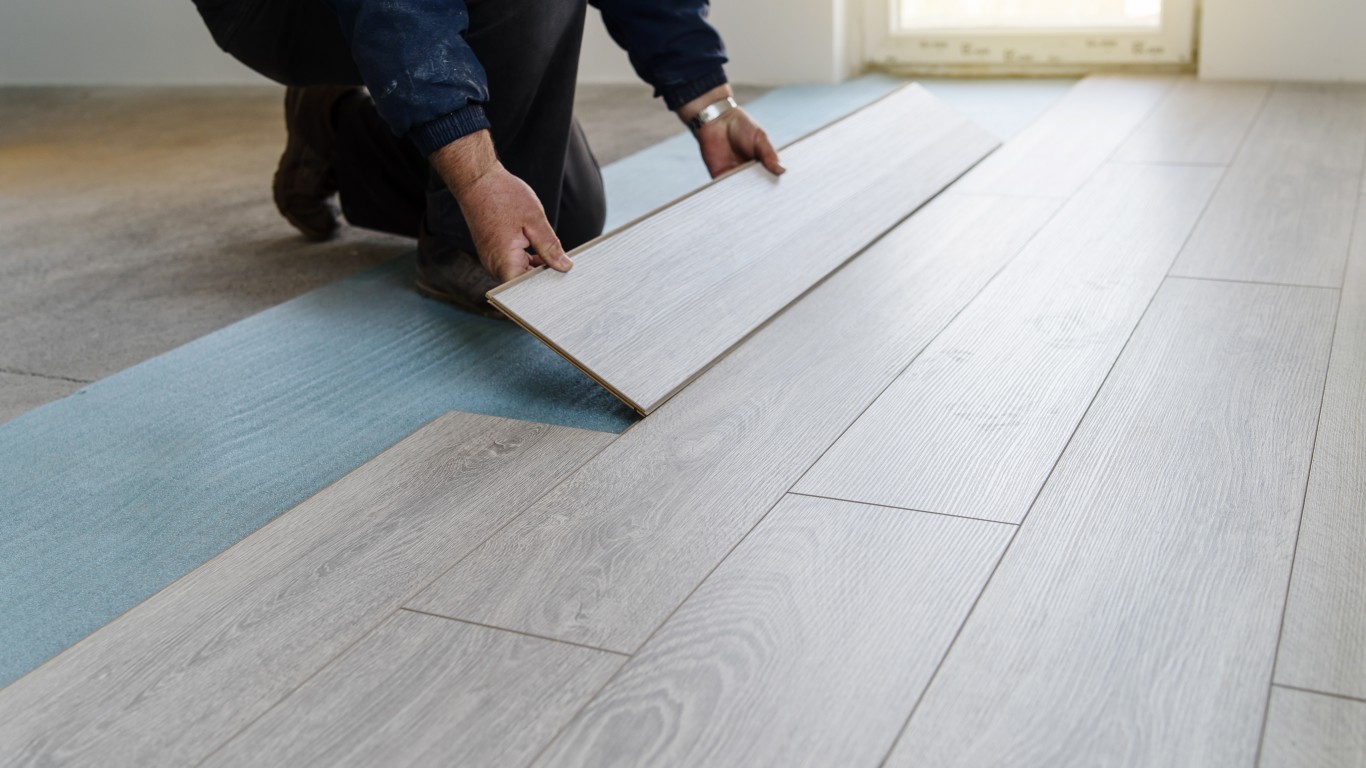
Pressed-wood furniture
Pressed wood is often used in building furniture such as cabinets, laminate flooring, and plywood. The material, mostly made from wood strips, veneers, and chips is held together by glue that contains formaldehyde, an adhesive used in making building materials. Exposure to high amounts of formaldehyde has been linked to cancer. People who have pressed-wood furniture are usually exposed to low levels of the gas which may irritate the eyes, nose, throat, or skin, according to the CDC.

Scented candles
Scented candles certainly smell good but many contain synthetics dyes and fragrances. When burned, they can be a source of particulate matter. Burning candles with lead core wicks may increase the indoor air concentrations of lead above EPA-recommended levels. Exposure to the scented smoke from candles has been linked with several illnesses and skin irritation, according to the EPA. Beeswax candles are a good alternative.
[in-text-ad-2]
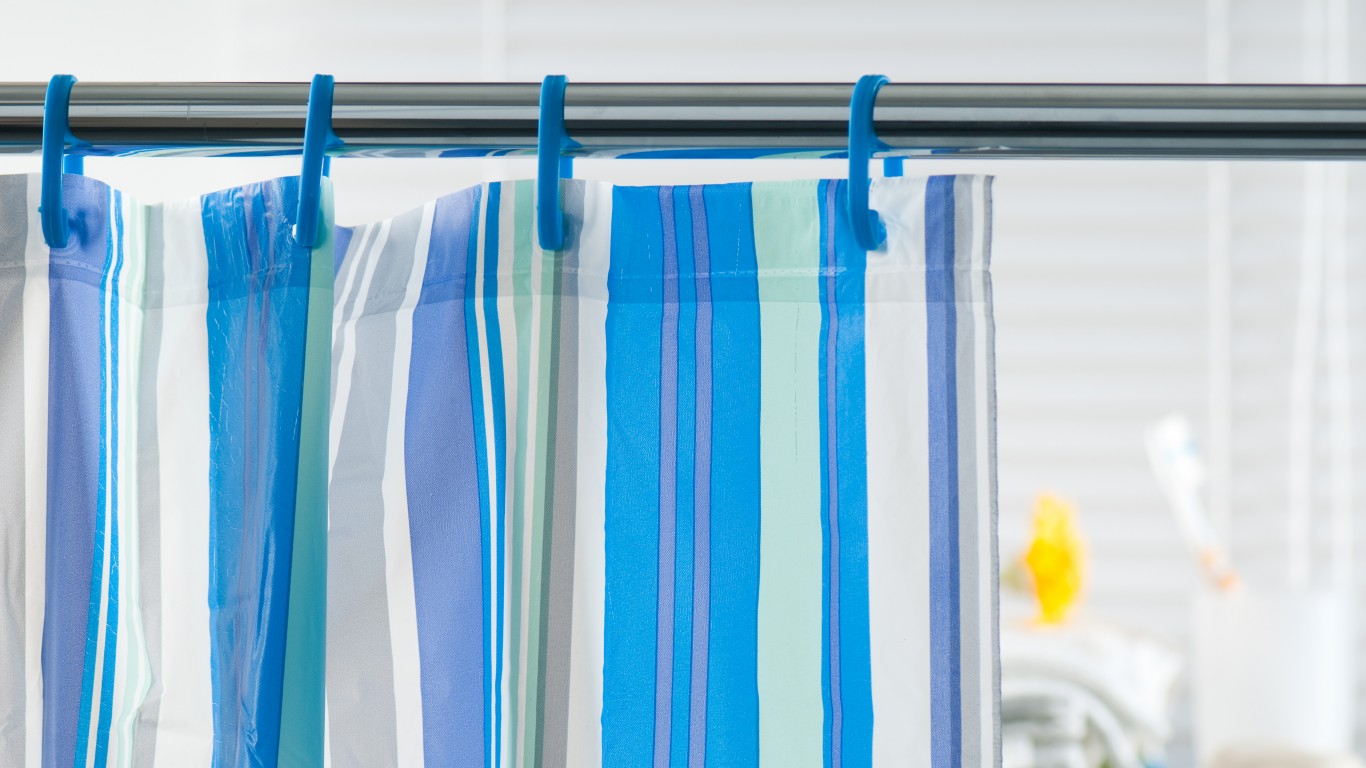
Shower curtains
Shower curtains should be thoroughly cleaned at least once a week to avoid mildew, a form of fungus that can cause throat irritation and nasal problems like congestion and nosebleeds.f your shower curtains or linen get to a point where they look like they are decorated with polka dots, it’s time to replace them.
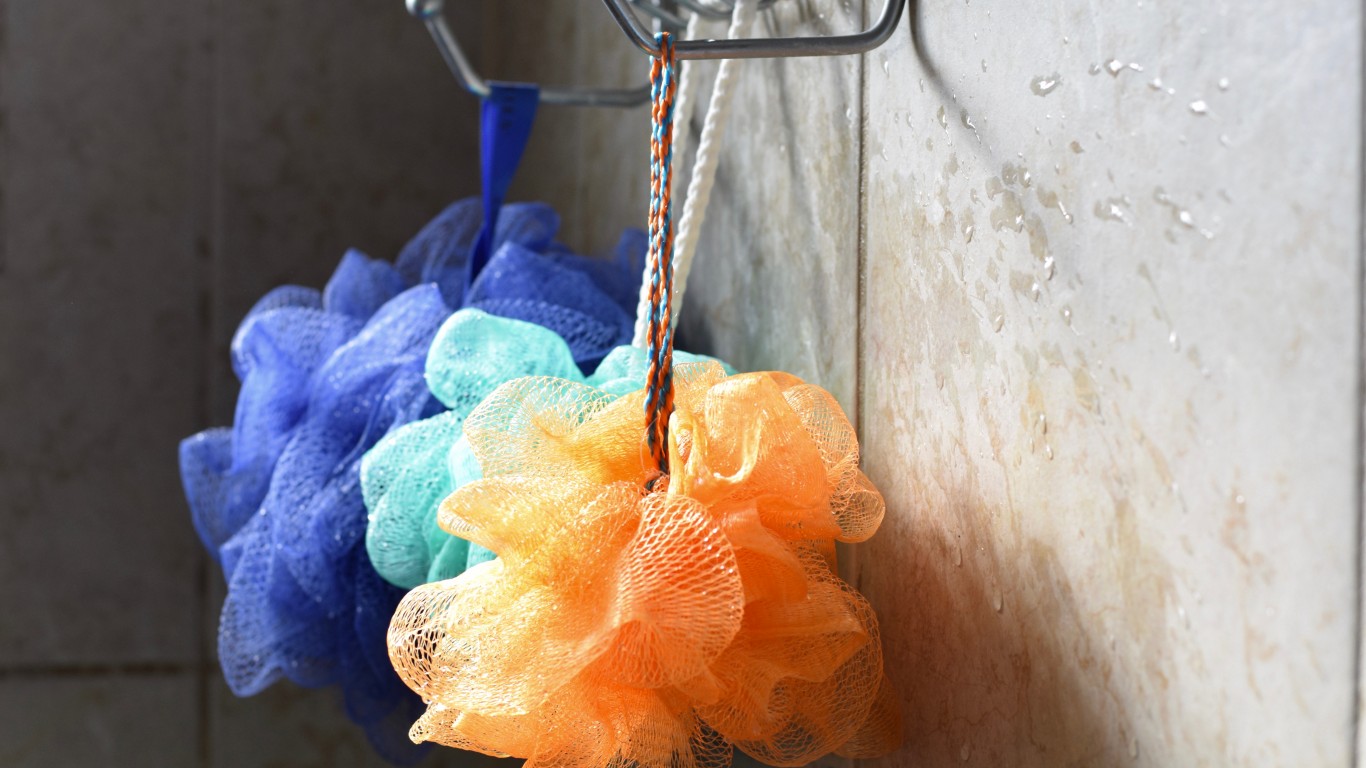
Shower loofah
Loofahs are a double-edged sword. You may think you need them because they help clean the skin thoroughly, but they are also a breeding ground for bacteria because of their many nooks and crannies. They are also kept in the bathroom, which is basically a wet environment, and never completely dry out. Some of the many microorganisms growing in the loofah may cause skin irritations and infections. Compost and replace your loofahs every three to four weeks.
[in-text-ad]
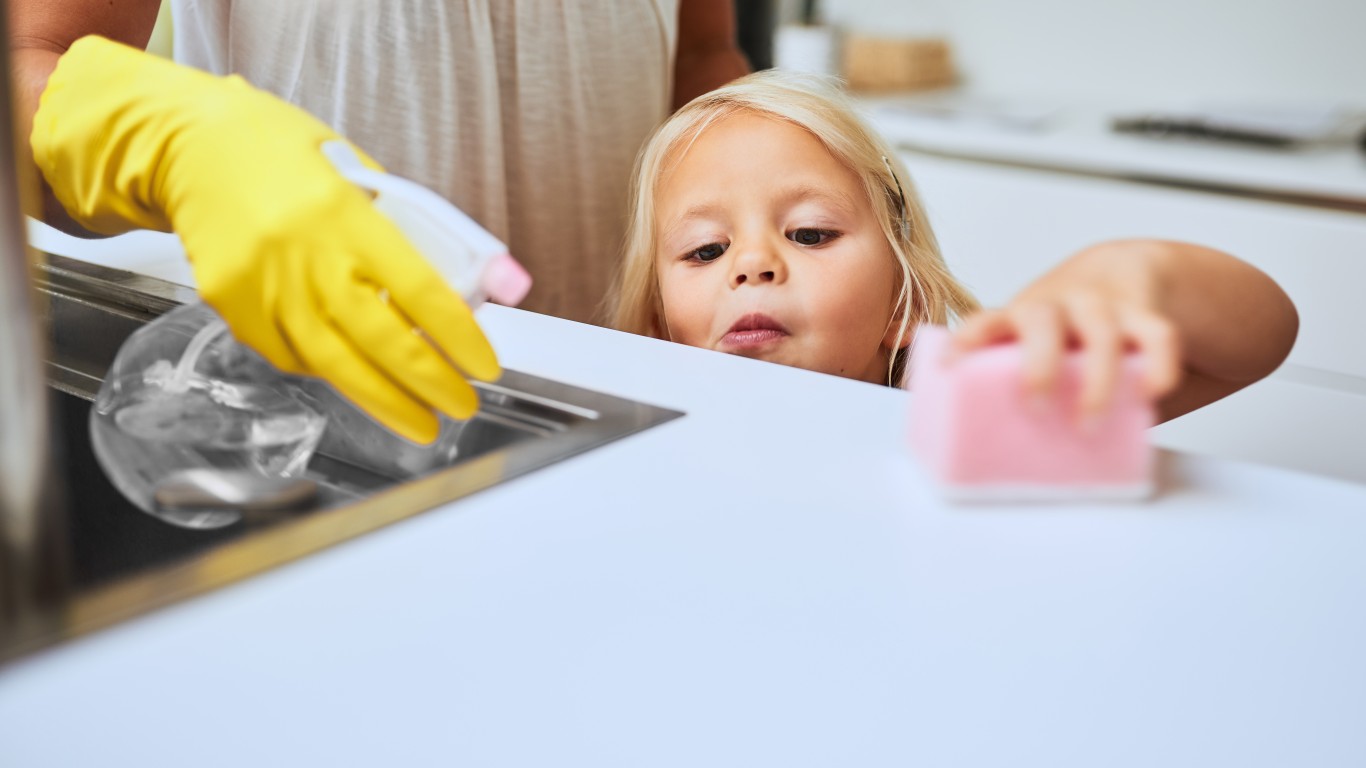
Sponges
Sponges are some of the most reliable necessities in the kitchen. They can be used for just about anything from removing food from countertops to cleaning up spills on the floor. The more you use them, the more bacteria, dirt, and germs get stuck in them, however.
A popular way to clean sponges is to microwave them when wet. You may do that a few times but, to be on the safe side, you should replace them eventually.
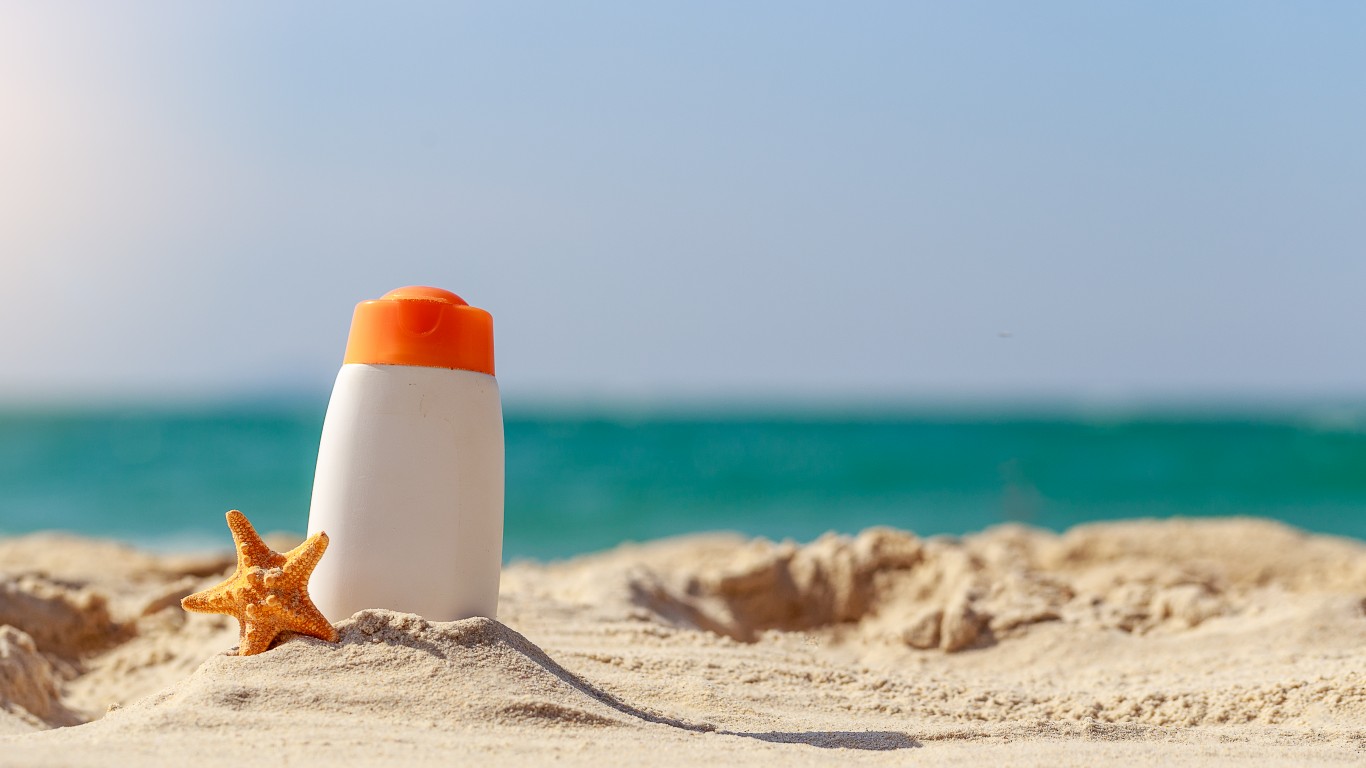
Sunscreen from last summer
The FDA requires that sunscreen be made in such a way that it can be used for up to three years without worrying that it is less effective at blocking harmful UV rays, thus increasing the risk of premature aging and skin cancer.
If you apply sunscreen every time you are outside, even in the winter, as you should, you won’t have to worry about its expiration date. In order to preserve the sunscreen, keep it wrapped in a towel when outside so it doesn’t get exposed to heat or the sun.
Toothbrush
Toothbrushes should be replaced every three to four months, according to the American Dental Association. The bristles become worn out and thus a lot less effective. Let toothbrushes completely dry out after every use; otherwise, they can grow bacteria.
[in-text-ad-2]
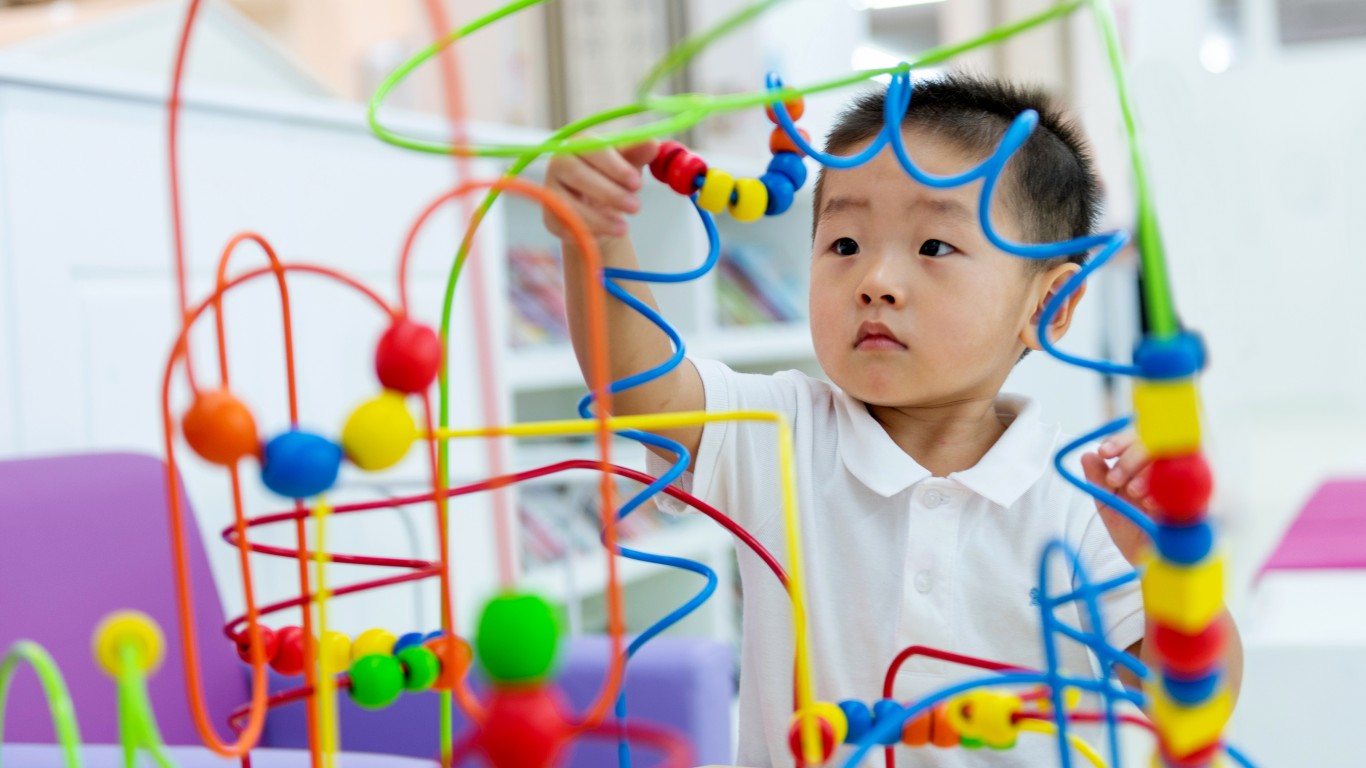
Toys from your childhood
Toys can be expensive. Unless you are still playing with yours or are saving them for your own kids, nephews, or nieces, donate them. Free up some space in your home. Many places, including children’s hospitals, pediatricians’ offices, shelters, and daycare centers may be glad to have them.

Vacuum cleaner
Some of the dirt and dust that vacuum cleaners pick up from floors gets stuck in the bearings, slowing down the brush roll and damaging the motor and belt. Badly maintained vacuum cleaners spread allergens like dust instead of capturing them. So keep the vacuum cleaner in the best condition possible and get it serviced at least once a year. Even then, the average age of vacuum cleaners is about eight years. You may have to replace yours sooner if you don’t take proper care of it.
[in-text-ad]
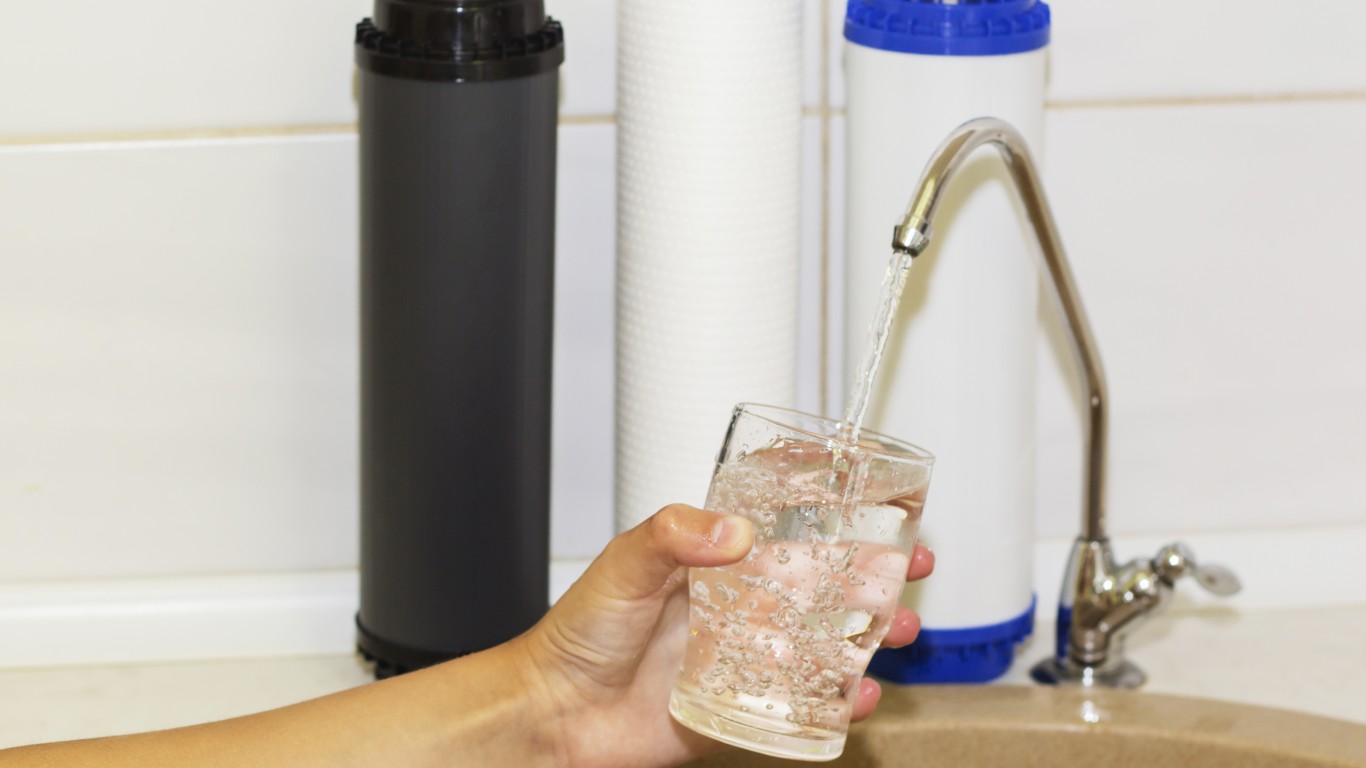
Water filter
Even the best and most expensive water filtration systems on the market don’t last forever. Water filters remove bacteria, germs, and other microorganisms from water. They usually come with instructions indicating when they should be replaced. Typically it’s every two months.

Worn out shoes
Some shoes may have a special place in your closet for sentimental reasons; others just stay there until you realize you have no space left. Donate old shoes that you don’t wear anymore. In addition to helping out someone in need, you’ll be helping the environment as shoes can take between 30 and 40 years to decompose.

Worn pots and pans
Cookware can be expensive. Cleaning your pots and pans properly will ensure you don’t have to replace them too often. Avoid using metals utensils that will scratch them or plastic ones that can melt. If the handles are melted, the pots are scratched, or you can see the base of the pans, it’s time to replace them.
[in-text-ad-2]
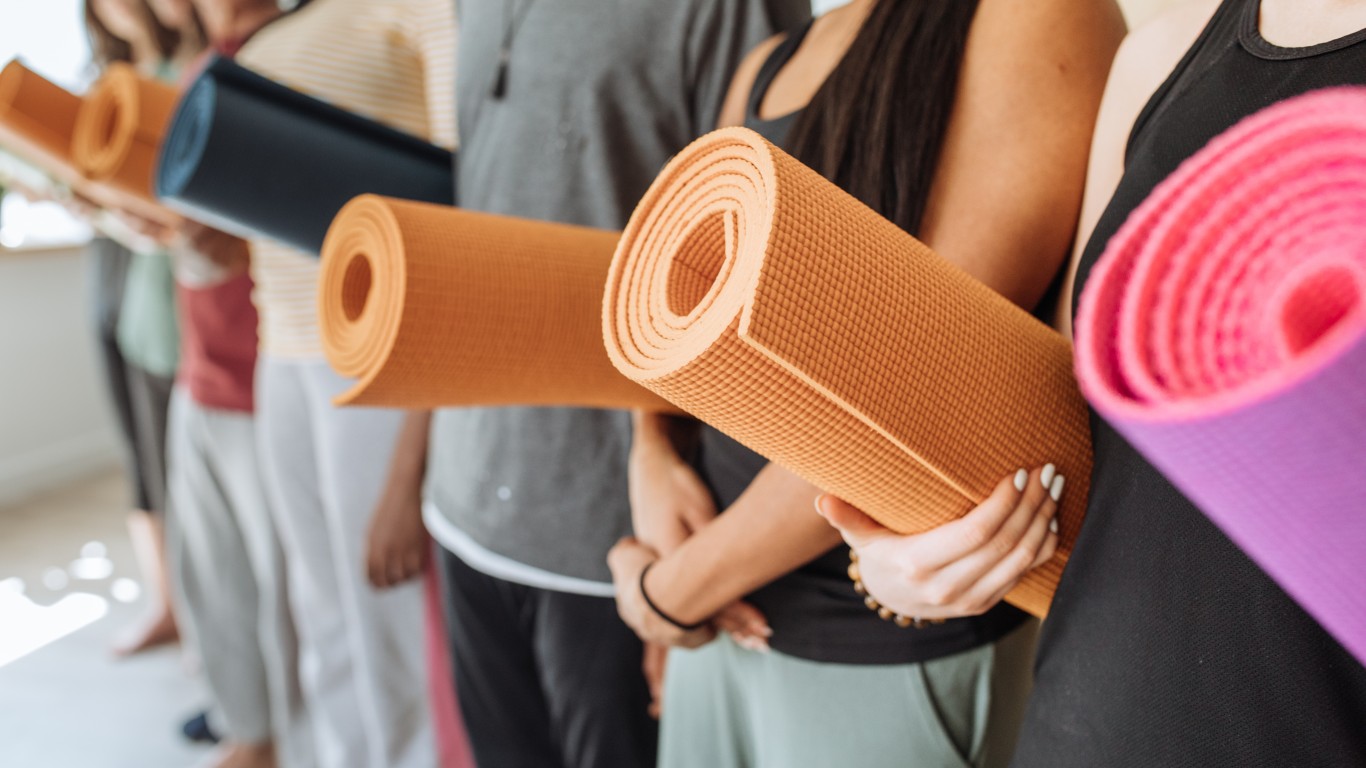
Yoga mat
If you practice yoga on a regular basis but don’t clean your mat often, you may want to replace the one you have now. Yoga mats absorb the sweat, germs, and dirt that touch them. Mats should be replaced every six to 12 months — or more frequently if pieces are crumbling off or your hands and feet are slipping — all of which are signs of wear and tear.
The #1 Thing to Do Before You Claim Social Security (Sponsor)
Choosing the right (or wrong) time to claim Social Security can dramatically change your retirement. So, before making one of the biggest decisions of your financial life, it’s a smart idea to get an extra set of eyes on your complete financial situation.
A financial advisor can help you decide the right Social Security option for you and your family. Finding a qualified financial advisor doesn’t have to be hard. SmartAsset’s free tool matches you with up to three financial advisors who serve your area, and you can interview your advisor matches at no cost to decide which one is right for you.
Click here to match with up to 3 financial pros who would be excited to help you optimize your Social Security outcomes.
Have questions about retirement or personal finance? Email us at [email protected]!
By emailing your questions to 24/7 Wall St., you agree to have them published anonymously on a673b.bigscoots-temp.com.
By submitting your story, you understand and agree that we may use your story, or versions of it, in all media and platforms, including via third parties.
Thank you for reading! Have some feedback for us?
Contact the 24/7 Wall St. editorial team.
 24/7 Wall St.
24/7 Wall St. 24/7 Wall St.
24/7 Wall St. 24/7 Wall St.
24/7 Wall St.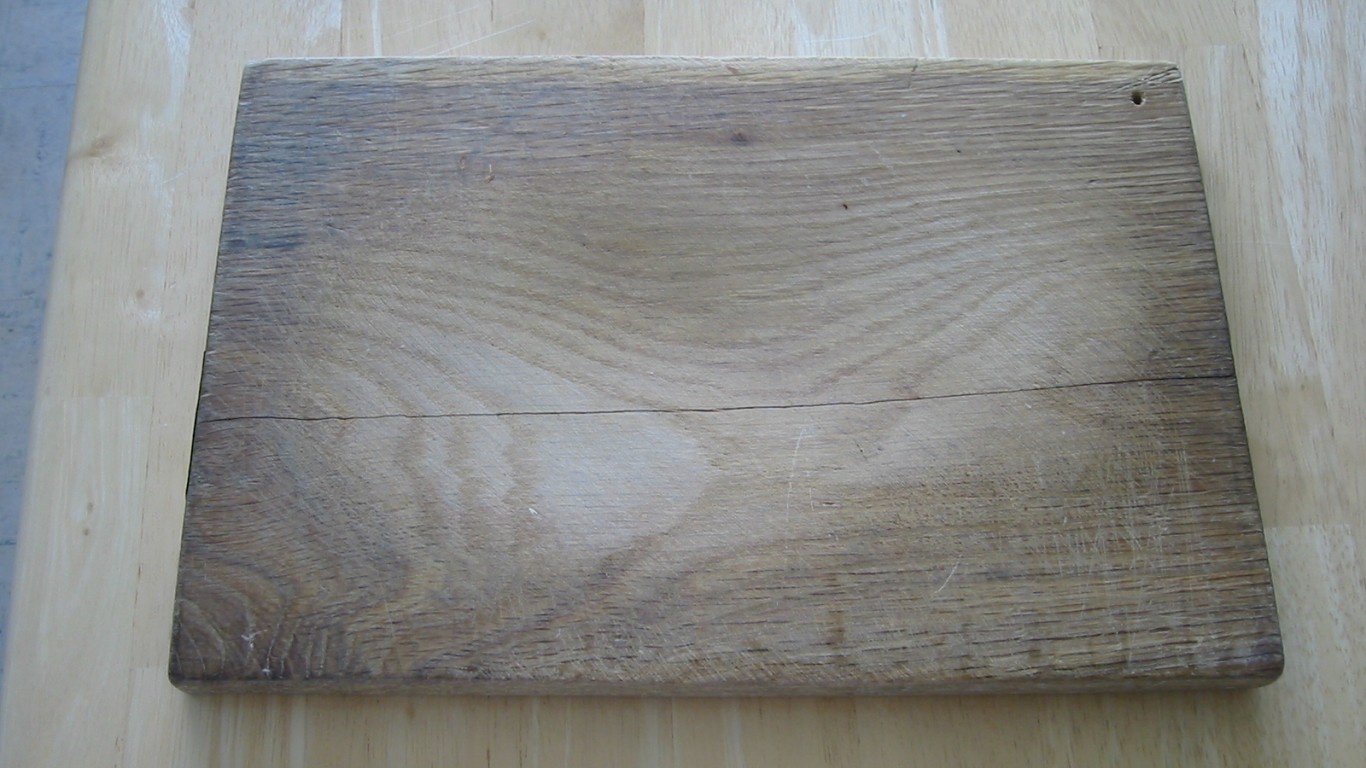
 24/7 Wall St.
24/7 Wall St.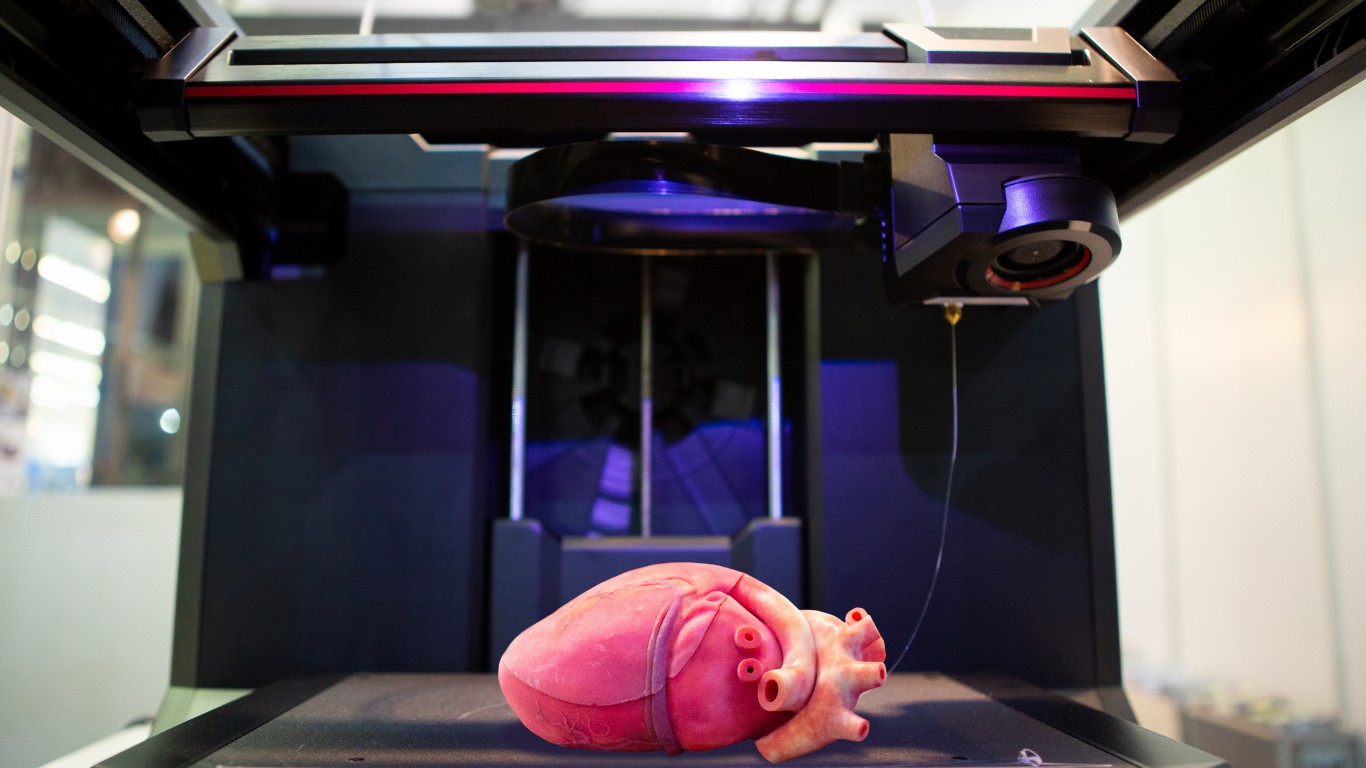 24/7 Wall St.
24/7 Wall St.